Things to do in Uzbekistan
Things to do in Uzbekistan when you visit and travel around
Uzbekistan is perhaps the best known Central Asian state or “Stan” due to its well preserved and famous medieval oasis cities like Bukhara, Samarkand and Khiva and even older signs of culture particularly in the ancient Khoresm and Oxus areas. But Uzbekistan has a lot more to offer for the ones who want to explore a bit deeper.
We hope that this guide of Uzbekistan’s highlights will inspire you to travel to Uzbekistan and to explore also the off the beaten path mysteries that are surprisingly easily accessible. We believe that this is the most comprehensive guide on what to do in Uzbekistan! Traveling in Uzbekistan also allows finding some extraordinary Uzbek souvenirs.
First things to do in Uzbekistan
Admire the Soviet heritage of Tashkent and be amazed of the pace the city is developing
As most tourists start their journey from Tashkent, it is the natural place to start our story from. In 1966 Tashkent was devastated by a massive earthquake and therefore there is not much left of the old Tashkent. As a result of the destruction, Soviet Union decided to pour a massive amount of dedication and resources to rebuild the capital of the Uzbek Soviet state. Best examples of the Soviet era architecture are the Tashkent Metro, first one in Central Asia, several museums of Tashkent and the city center area with the easily recognized Soviet concrete patterns that have been somewhat adapted to the local ornaments. One can also not walk around without noticing the brutal hotel Uzbekistan at the very heart of the monumental center of the city.
Tashkent is also a good base for exploring the Eastern Uzbekistan and even Kazakhstan as it is just next to the border of another ex Soviet state. From Tashkent there are also good connections to the most known destinations of Uzbekistan such as Samarkand, Bukhara and Khiva and not to forget the less known but extremely diverse Fergana valley.
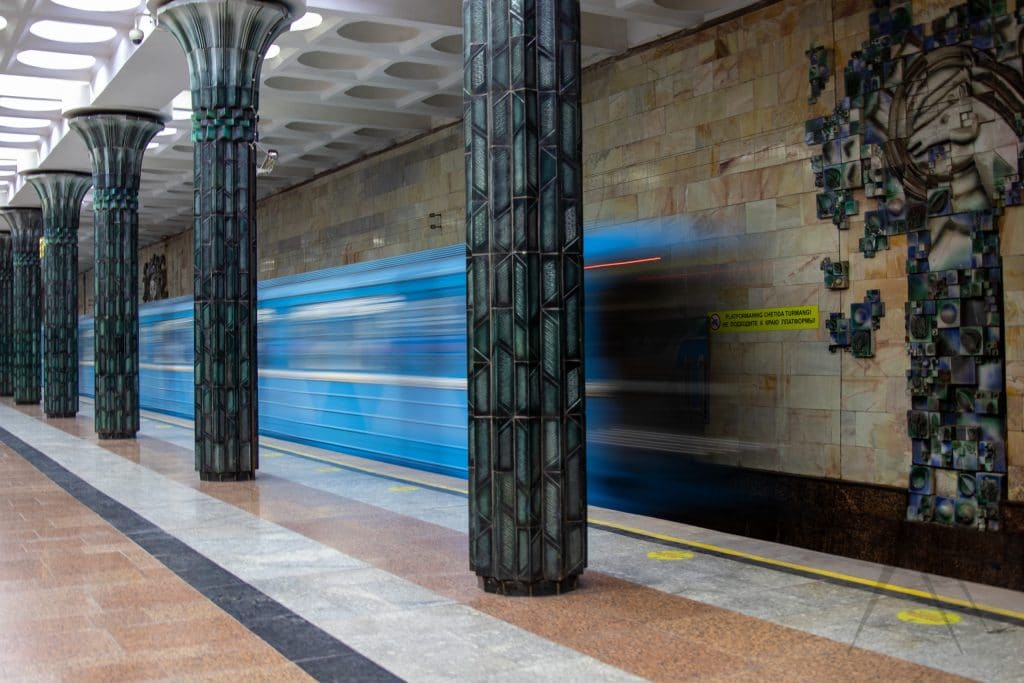
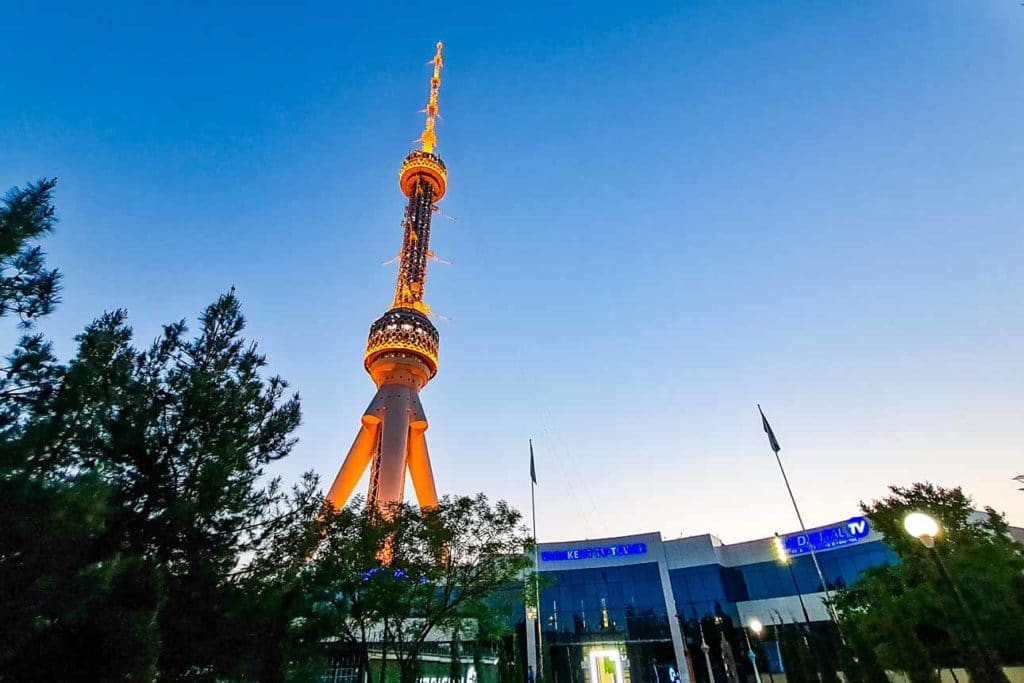
If you are staying in Tashkent for a longer time, we suggest to visit the many Tashkent Museums and the well organized bazars of the center area and the Chorsu bazar with the famous colored dome. Tashkent has also several nice parks to spend time in that are very popular among the locals every summer evening. If you are into religious monuments, there are also several of them to be explored in Tashkent and perhaps surprisingly, they all are not of muslim origin.

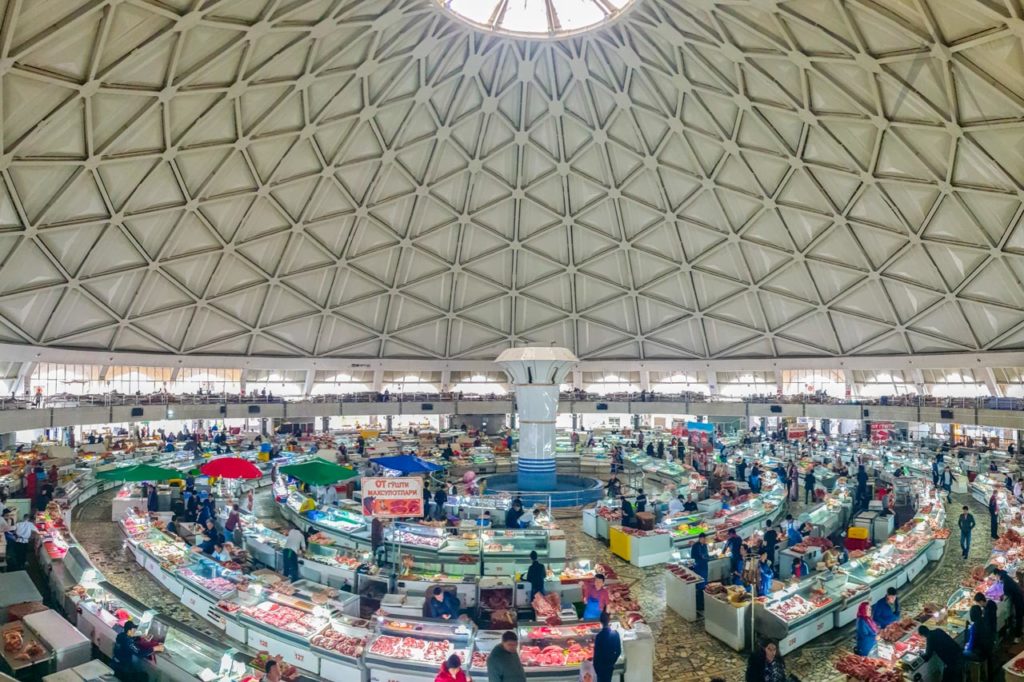
Karakalpakstan & Aral Sea (Nukus)
Not many know it, but there is a large autonomous area called Karakalpakstan in the Northwestern part of Uzbekistan occupying almost a third of the whole country. They have their own flag and culturally and by appearance also closer to Kazakh than Uzbek or Tajik. Their culture is rich in spoken and sung folklore and their traditional clothing is very colorful especially with vibrant blue and red colors. Karakalpaks (black hats) have been farming and fishing in the Southern parts of the Aral Sea and the Amu Darya delta for hundreds of years now.
In addition to the culture, Karakalpakstan is famous for the even older remains of culture in the area. As desrcibed in more detail below, it has hundreds of ruins of fortresses called kalas and cities from the Khorezm times and even older signs of the Zharaostrianism. Nukus is the capital of Karakalpakstan and serves as a good base to explore the Khorezm and the Southern Aral Sea surrounded by the Kyzylkum and Karakum deserts. That being said, Karakalpakstan is mostly desert and sparsely populated.
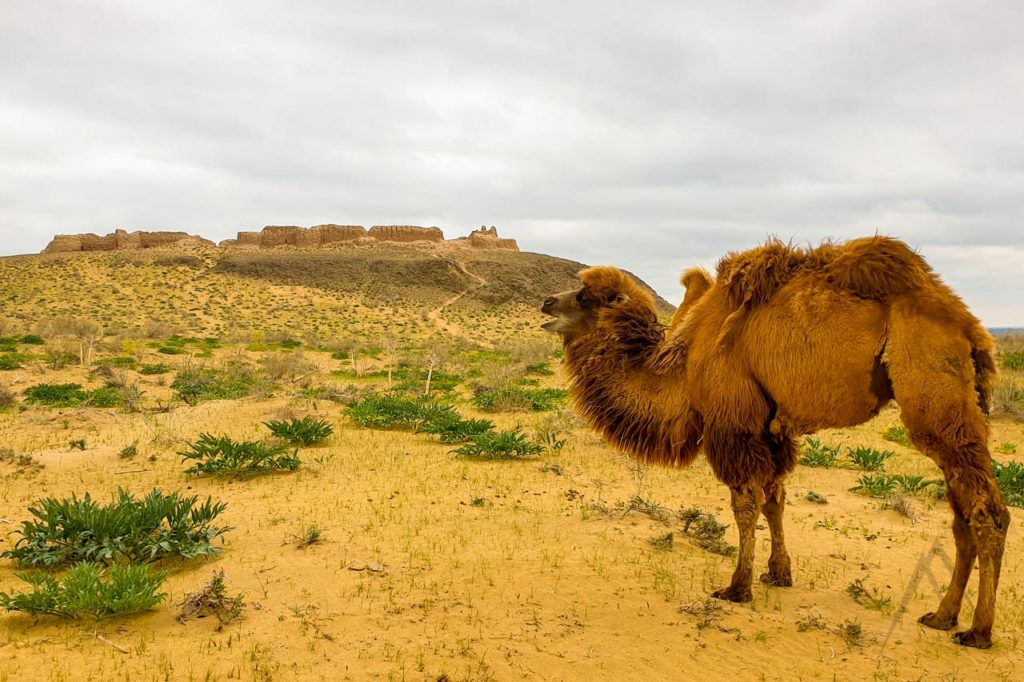

See the Uzbek village life (e.g. Nanay, Brichmulla, Aktash, Kumsan, Katta Langar or Sairob)
In order to experience the true Uzbek hospitality you should head to one of the many many small Uzbek villages. In the villages you can see a glimpse from the past like people riding with donkeys and cows freely walking back home from the pastures during the sunset. Something that the western world has not seen in decades. When you meet people that are not accustomed to tourists, it is also very likely that you will be invited to have tea or even food in their homes.

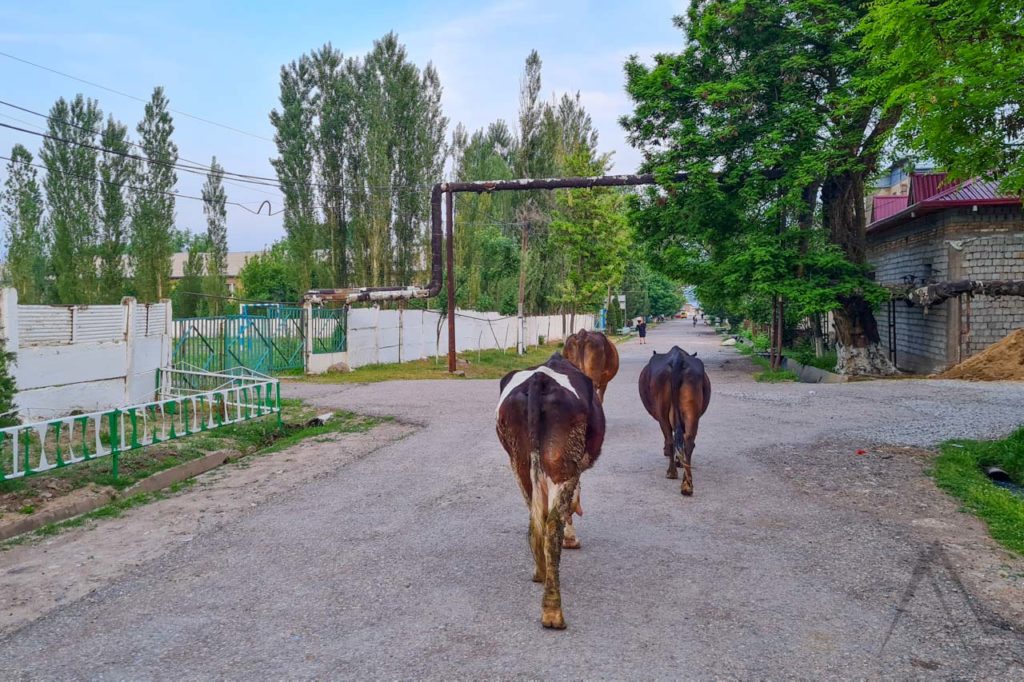
Uzbek villages and particularly those that do not receive masses of tourists, are the best places for authentic souvenirs. The price can be a fraction compared to the prices that are asked in the most touristic places like Bukhara, Samarkand and Khiva major sights that are crowded with souvenir traders.
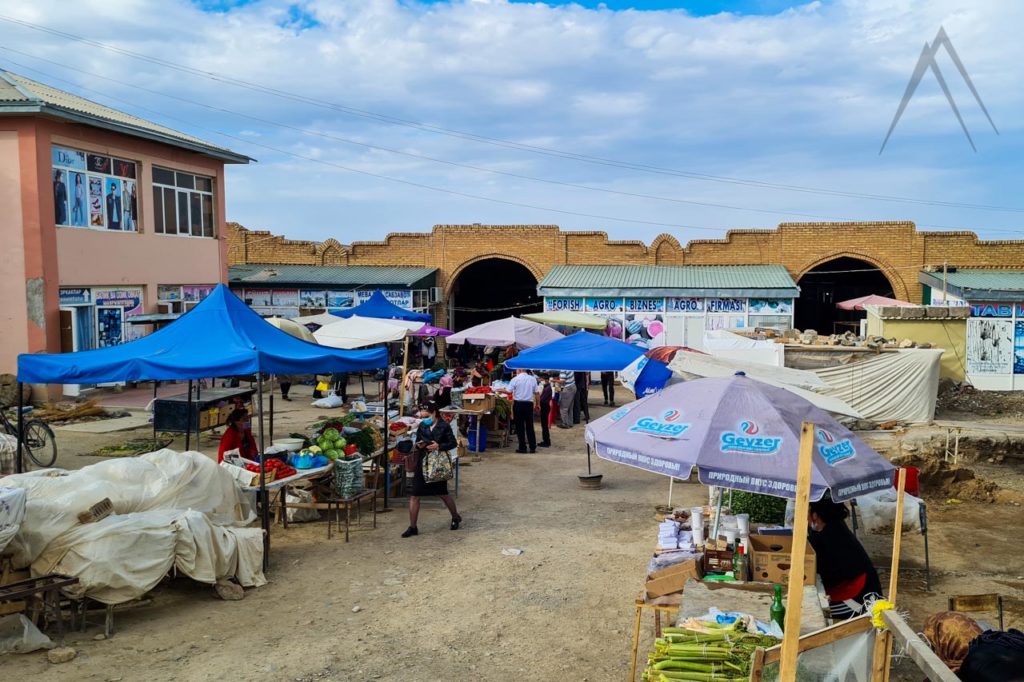
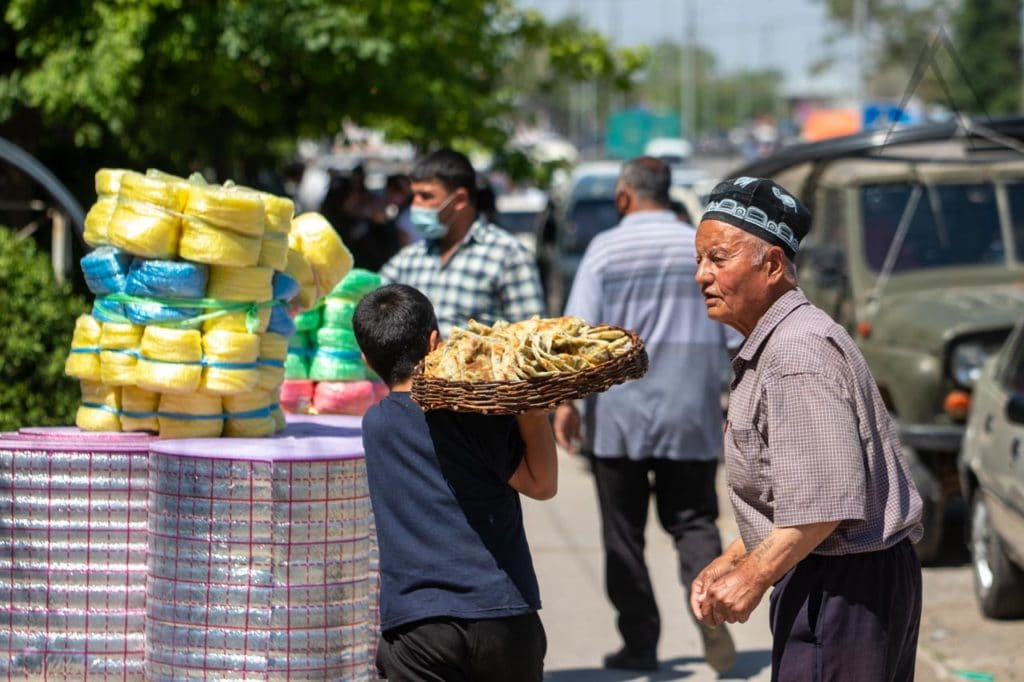
Uzbekistan nature
Uzbek nature is full of surprises in the desert areas, lakes and rivers and in the several mountain ranges that cover especially the eastern parts of Uzbekistan. Western parts of Uzbekistan are covered mostly by deserts except for the irrigated and naturally green areas near the Amu Darya and Syr Darya. You can also find wild animals fairly easily just by driving between the cities and keeping your eyes open. Especially in the Fergana valley you cannot miss the nests of the storks that occupy almost all the highest positions of trees or man made structures.
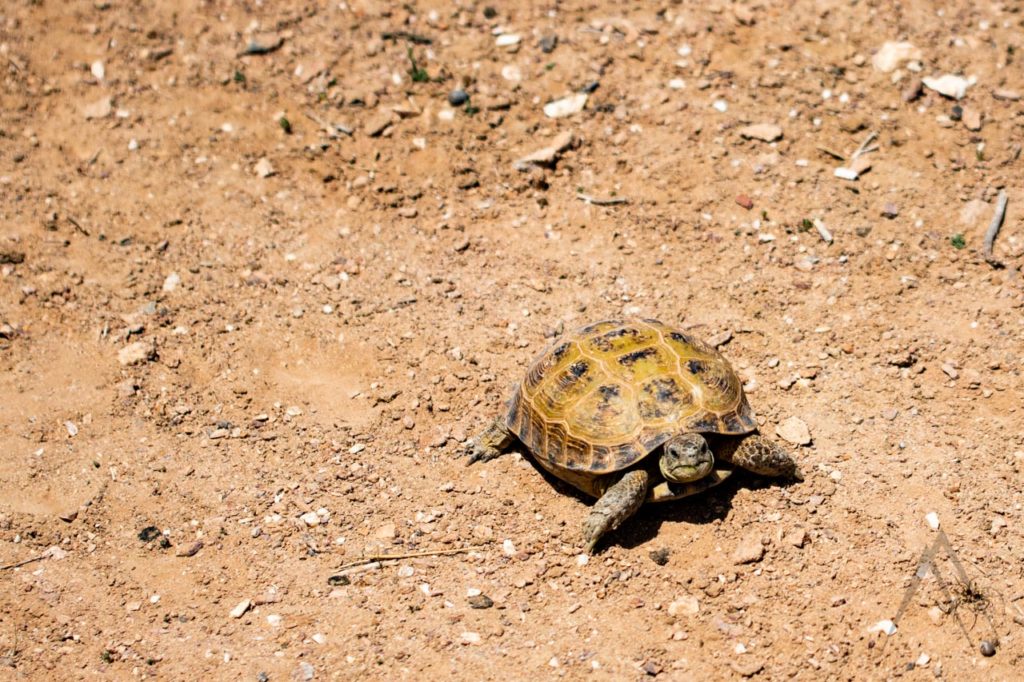
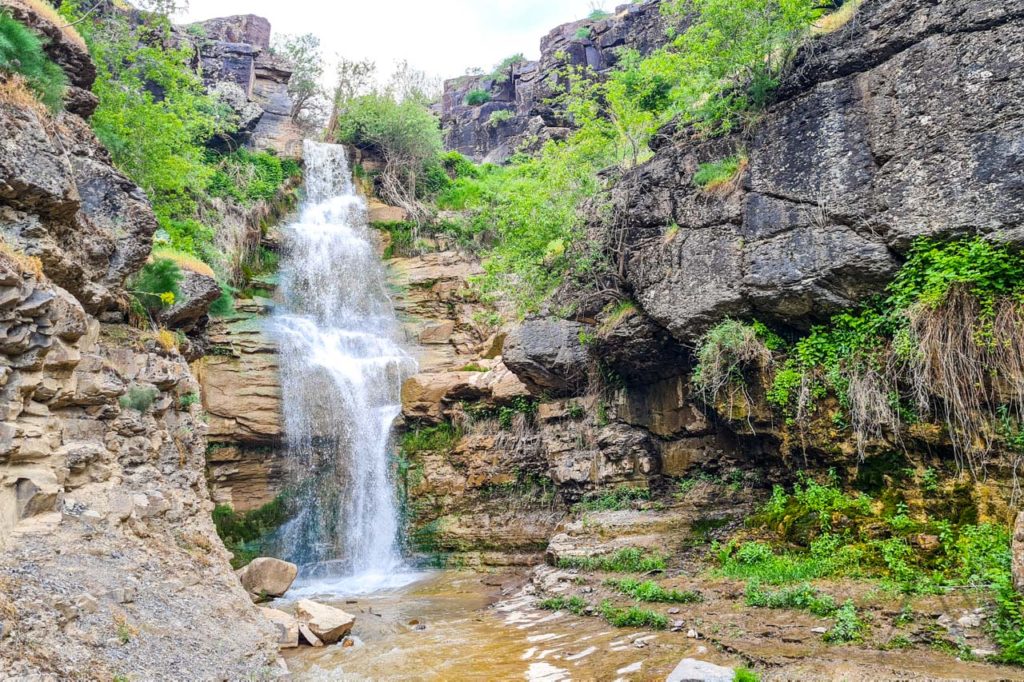
Spring is the best time to observe Uzbek nature. From April to May everything is blooming and green while later, during the hot summer everything slowly turn to more yellowish color. The season for sweet fruits starts in Augusts and lasts all September. Pomegranates and peaches are the must try things if visiting Uzbekistan in the late summer or early autumn. Uzbek villages are the best places to try the fruits and vegetables straight from the origin and to also see the nature around them.
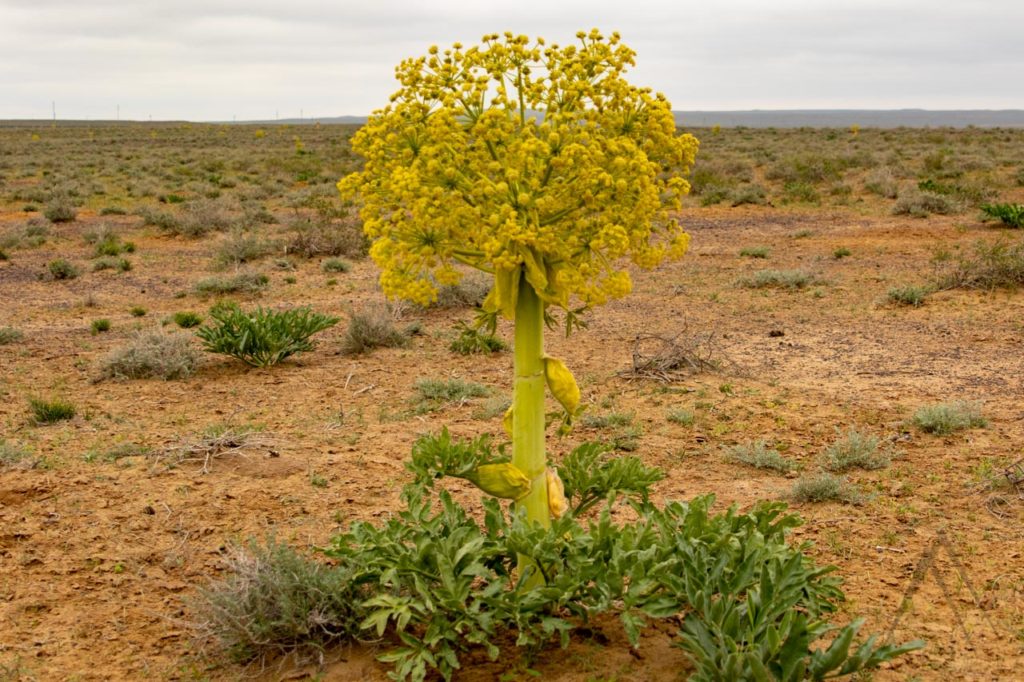
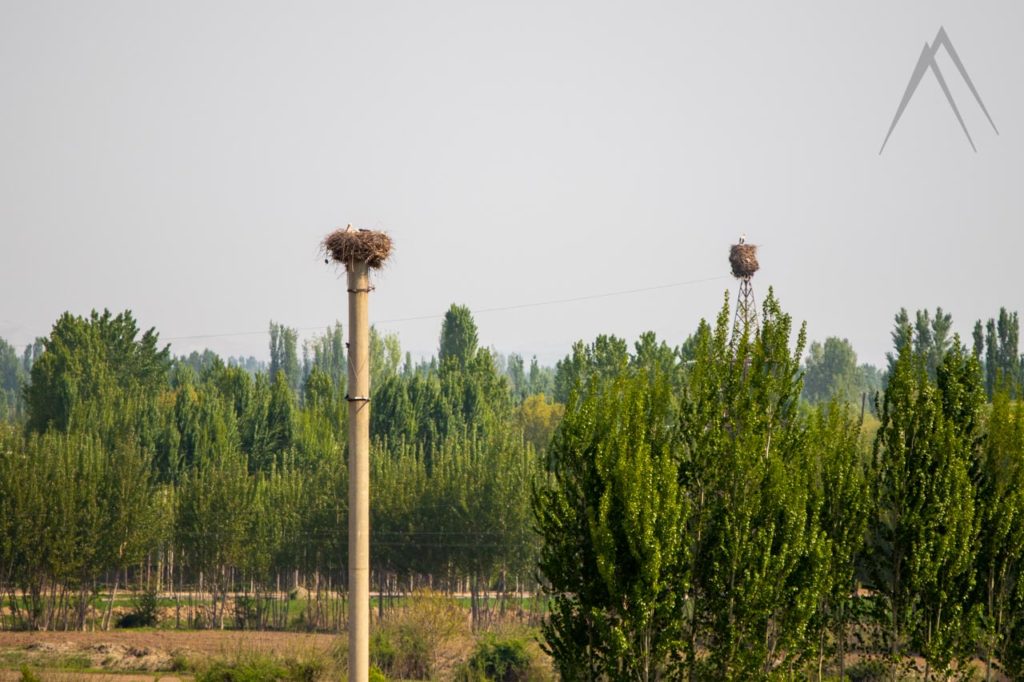
Uzbekistan has also lots of large sized birds that one can spot circling around in the sky now and then. Like in the neighboring Kyrgyzstan and Kazakhstan, there are eagles but also many vultures that prey on the dead animals in the desert regions. Uzbek nature is therefore very diverse due to many different habitats.

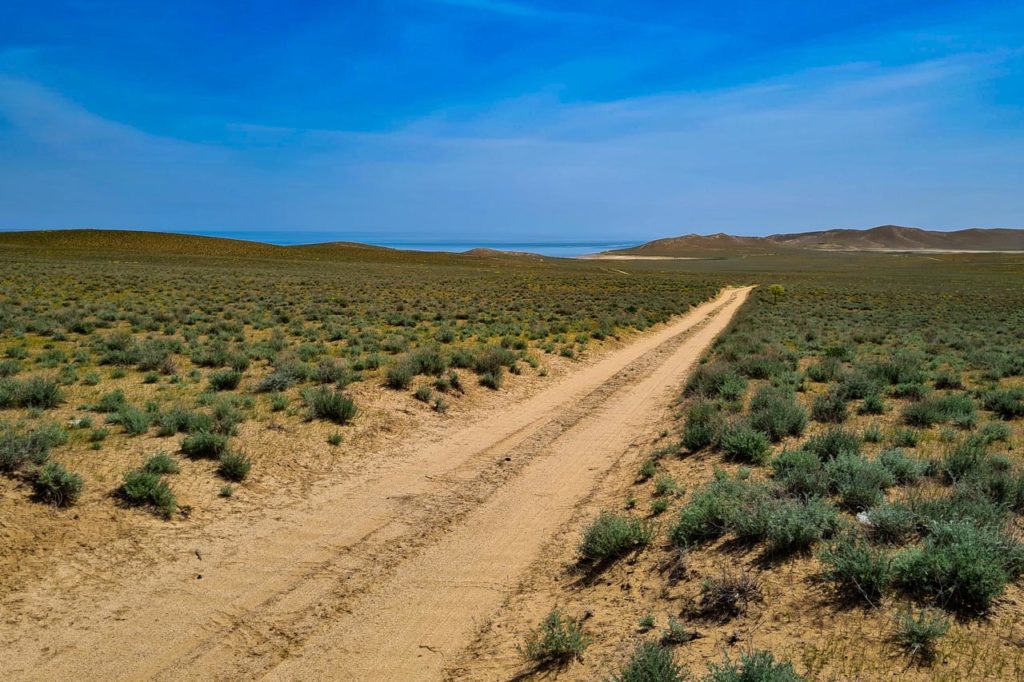
Khorezm desert fortresses
The desert fortresses of Khorezm or Kalas as the locals call them are something that can have ones imagination go wild. It is so strange to walk on top of two thousand year old clay brick made fortresses and to imagine how has the life been inside them during the time when they were populated. Ancient Khorezm area in the Western Uzbekistan (current Karakalpakstan) has hundreds of these fortresses and most of them have not yet been excavated. There are few though that are well established and provide also some information for the visitors. These include for example the most well known Ayaz Kala, which is a three fortress complex and Gyaur kala not far from Nukus.
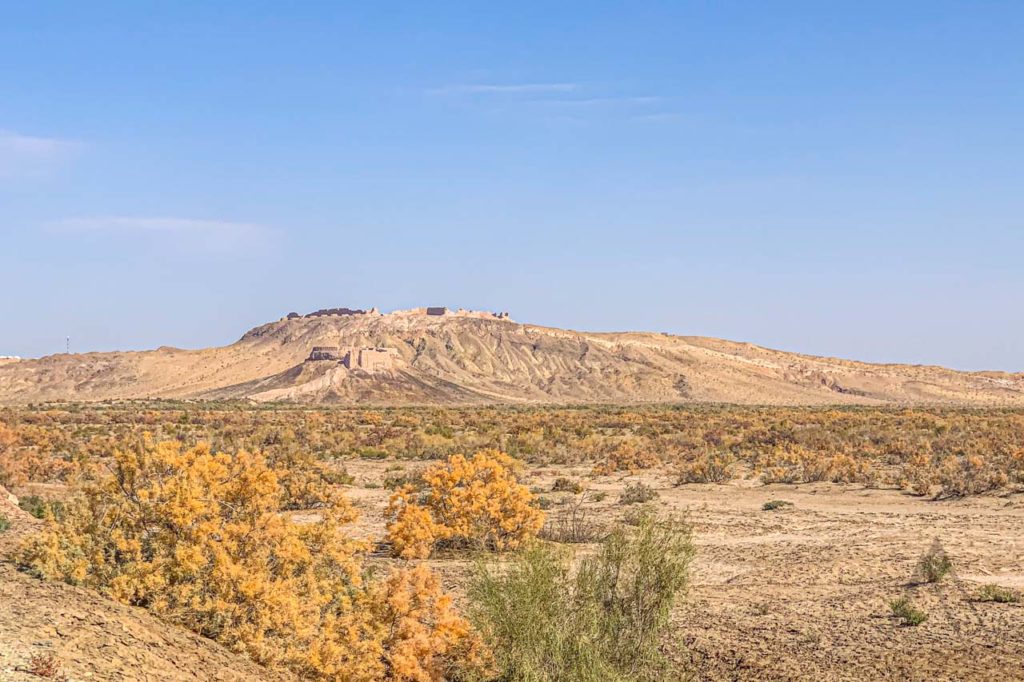
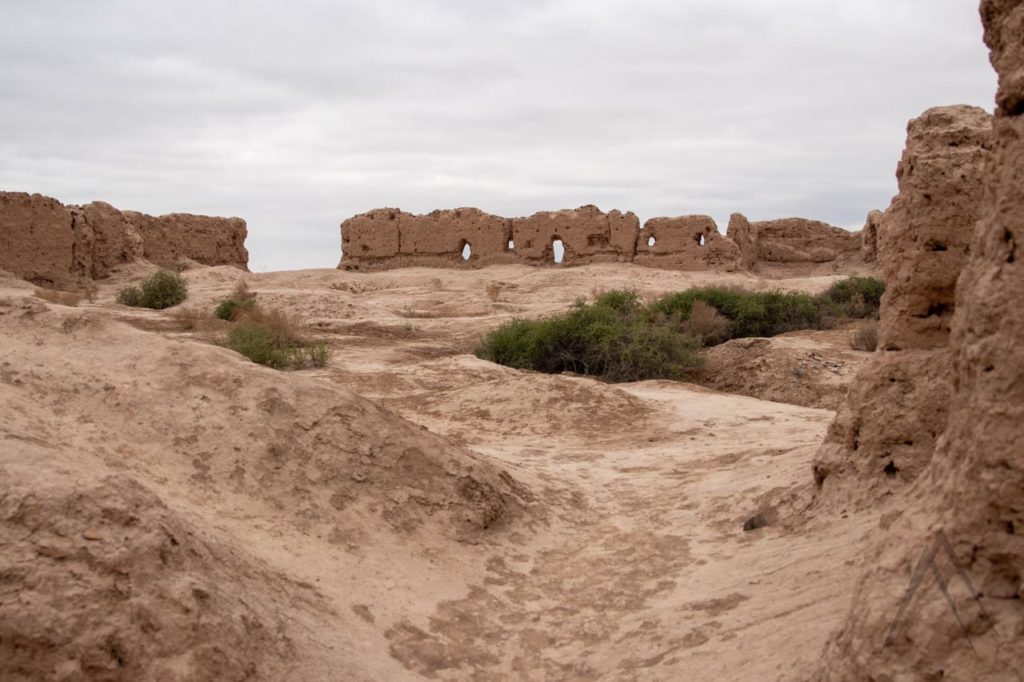
The extensive network of fortresses between Aral Sea and Amu Darya was built so that the inhabitants could be protected from marauders roaming in the area and of course for the wars that were rather common during the time. Different forts used desert “lighthouses” that would be set alight when there is danger in order to signal the nearby forts for help or to let them have the maximum time to protect themselves before the threat.
Other most commonly visited kalas are the Kyzyl Kala and Topraq kala as they are very conveniently located near Khiva especially if traveling towards it from Nukus. There are also a lot of ruined cities and fortresses on the Turkmenistan side of Amu Darya but they are unfortunately mostly off limits to be visited.
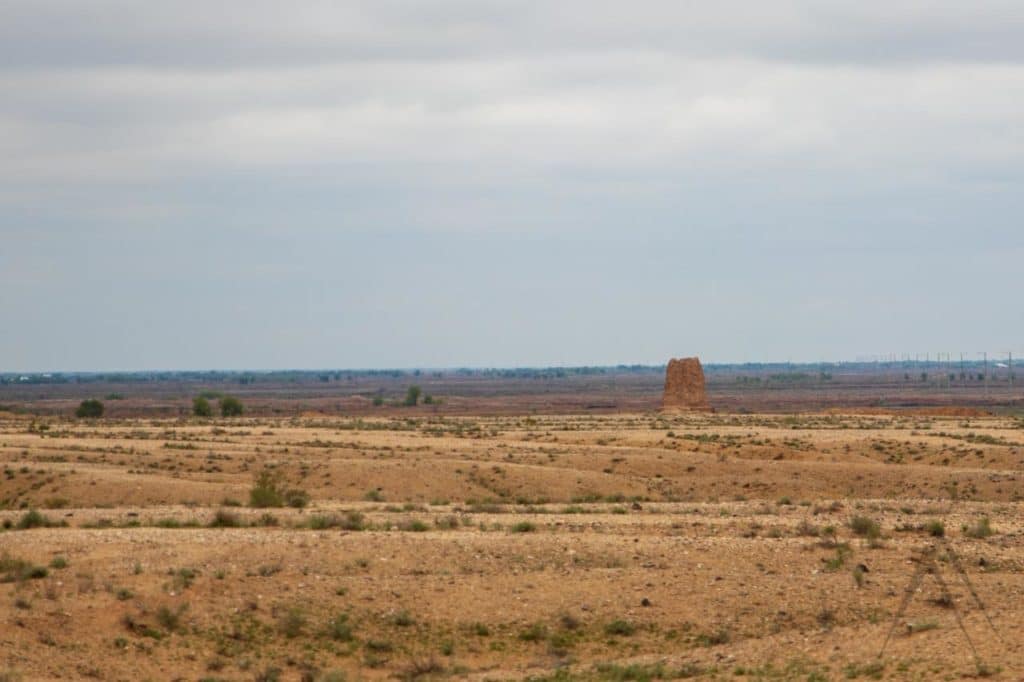
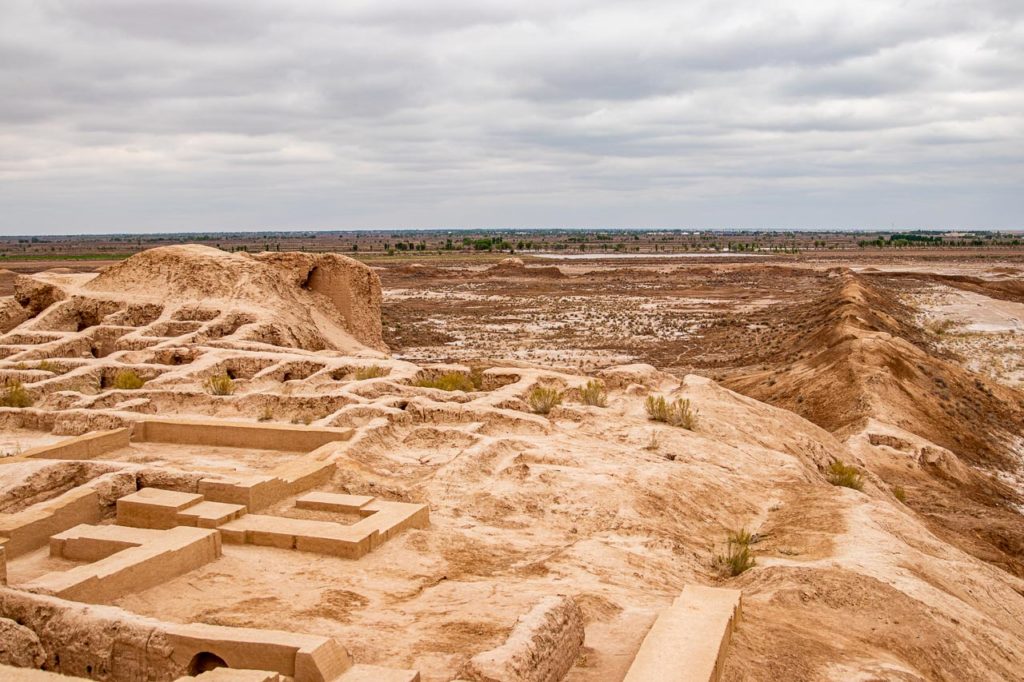
Uzbek national parks
Lorem ipsum dolor sit amet, consectetur adipiscing elit. Ut elit tellus, luctus nec ullamcorper mattis, pulvinar dapibus leo.


Kyzylkum desert
Kyzylkum desert is a vast area between the Syr Darya and Amu Darya that was known before as the Transoxania or Sogdiana. It is the 15th largest desert in the world and is limited in the west by a new desert called the Aralkum, which has formed lately in the place of the former Aral Sea‘s eastern parts.
Kyzyl Kum offers surprisingly diverse nature with tortoises, lizards and peculiar desert plants especially in the spring time. The nature can be observed while driving driving from an ancient Khorezm fortress to fortress. In the desert you can also find several desolate villages that live from livestock breeding with animals like camels and sheep.

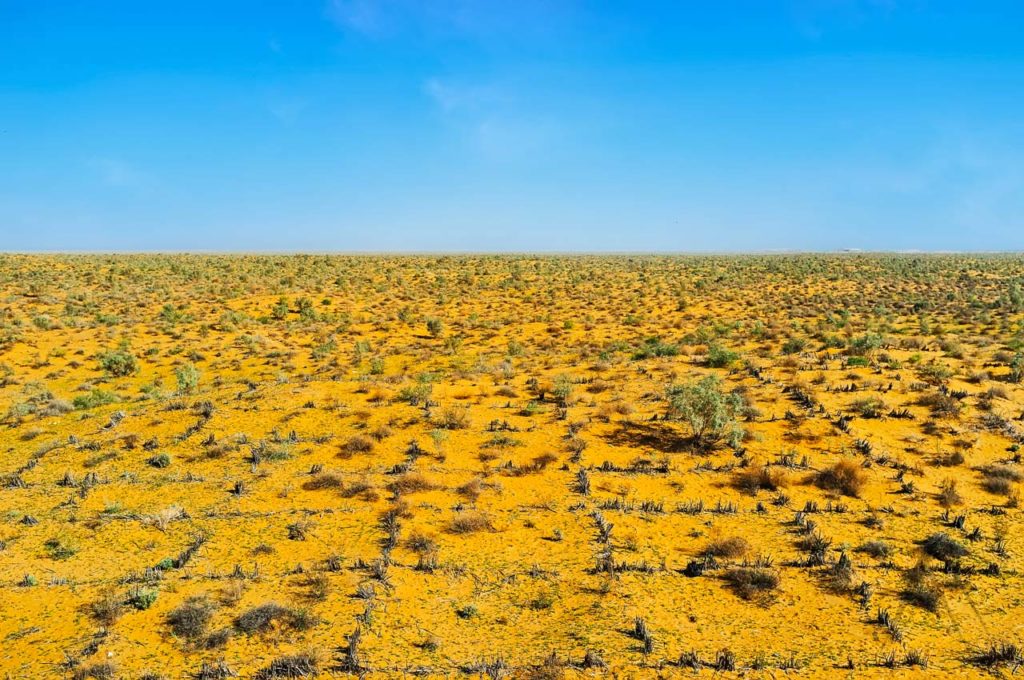
Historical sights of Uzbekistan
Bukhara
Bukhara is perhaps the most famous and iconic Silk road city of Uzbekistan as it offers the sights that one could expect from the tales of the Arabian nights. Bukhara’s old town is remarkably intact as a whole and has managed to retain a large part of its old old structures which has been recognized by a status as a Unesco site.
Bukhara is more than 2000 years old and it is said that it started to grow around the Ark of Bukhara, which is a large citadel in the old town. There is an astonishing amount of medieval sights to visit, even to the point that it can become overwhelming but there is a rescue available in the restaurants and coffee shops where you can rest for a while and perhaps let the hottest time of the day pass. Don’t forget to also walk in the town during the dark hours, when the colored lights pointing towards the old buildings create a very different feeling.
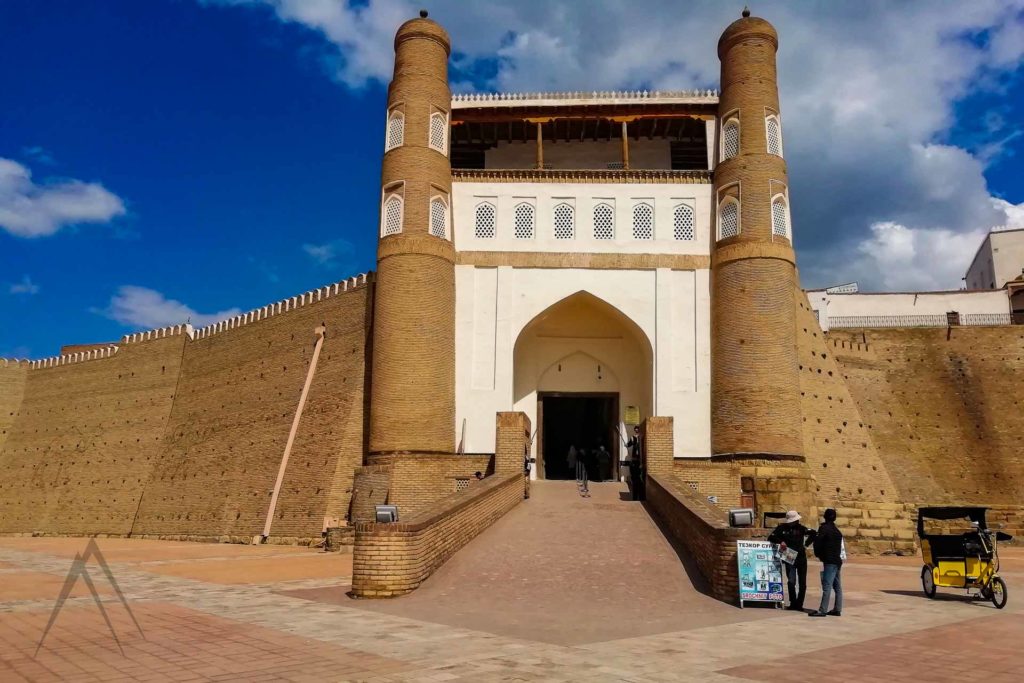
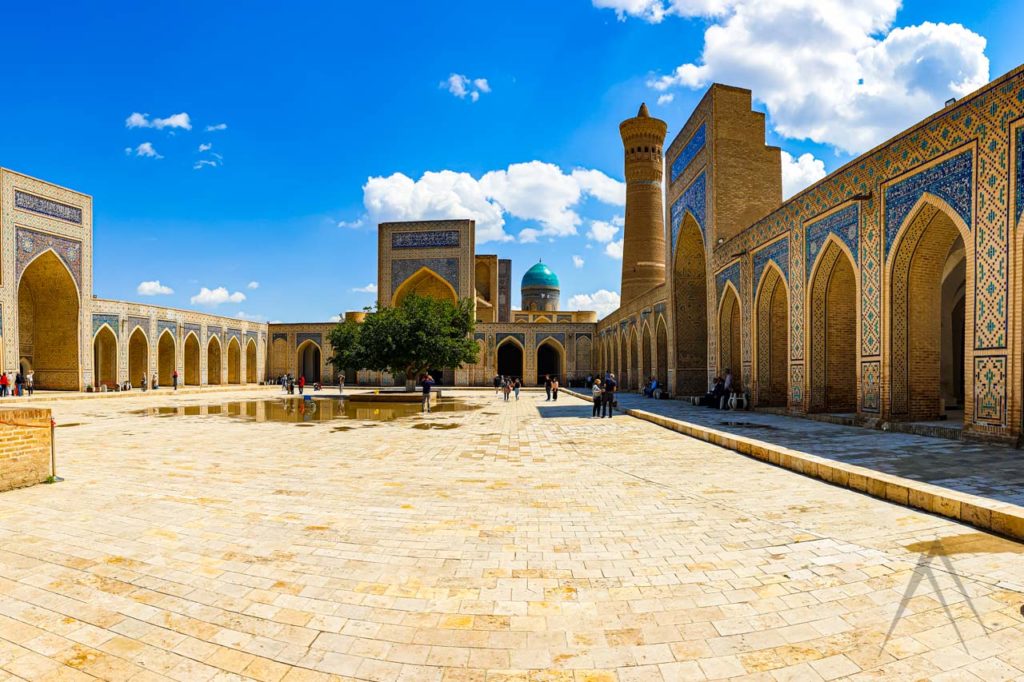
Madrasas (traditionally Islamic schools, that also teach other subjects) are one of the major sights of Bukhara. Madrasas are often covered in the famous blue lapiz lazuli colored tiles and with islamic texts and flora mosaics covering the facades and some of the most beautiful ones are found in Bukhara.
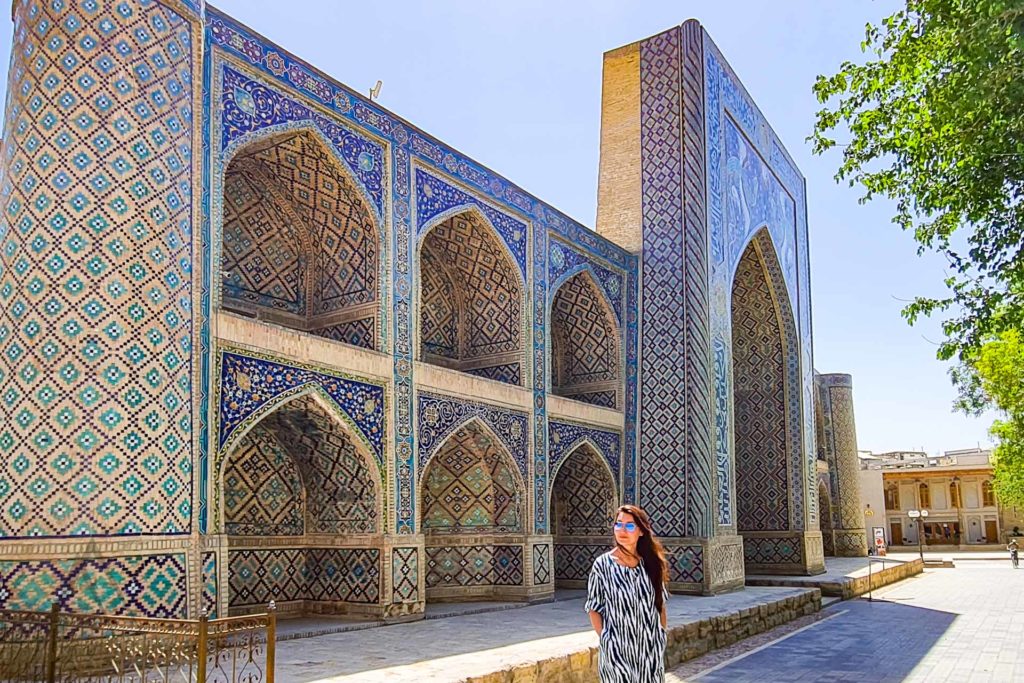
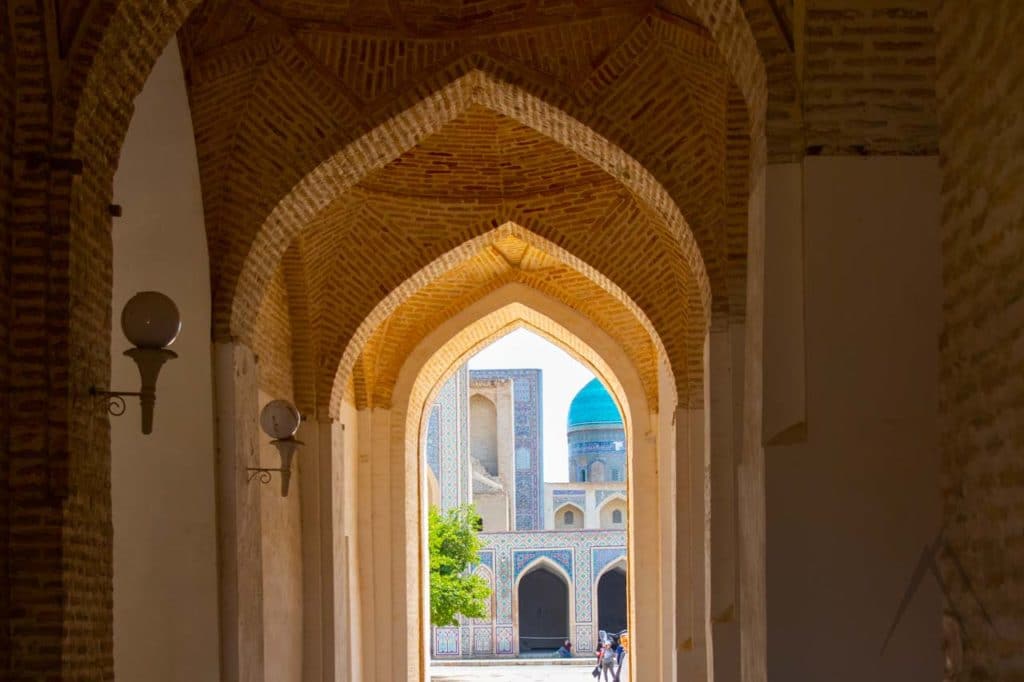
In Bukhara you can also get to know with the several craftmanship skills that the Uzbeks have started to revive after the collapse of Soviet Union. Silk production is one of the most known ones but there are also masters eager to show their skills in crafts like wood carving, metal works and the Uzbek knives. It is exciting to wander around the old city area without a clear destination along the narrow and maze-like streets and they are the moments when you can really get a feeling from somewhere past in the golden age of the Silk Road.
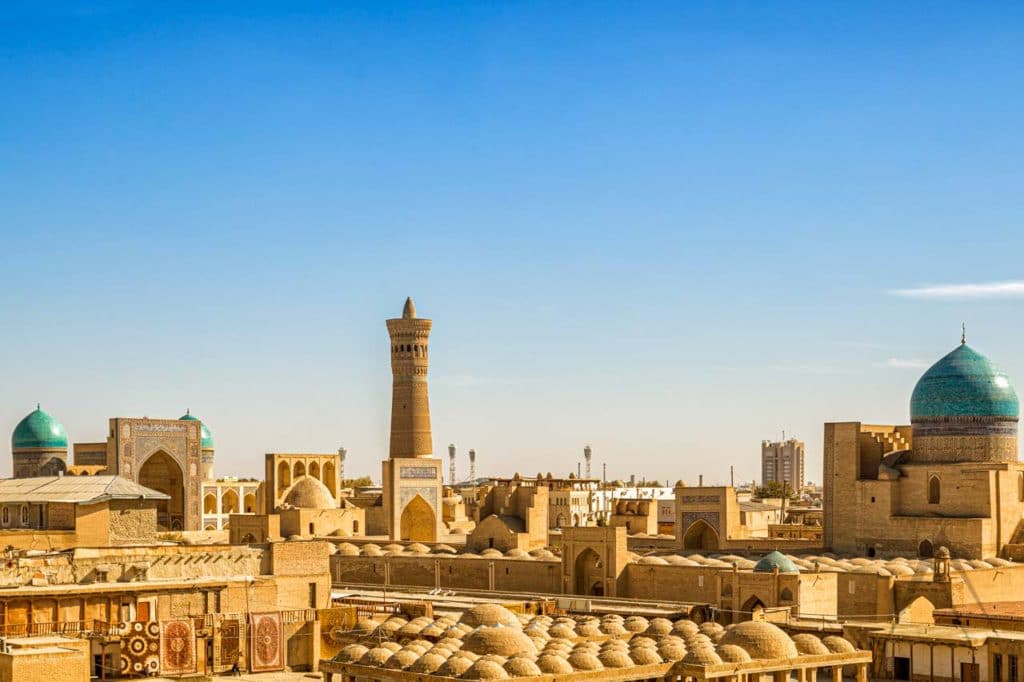
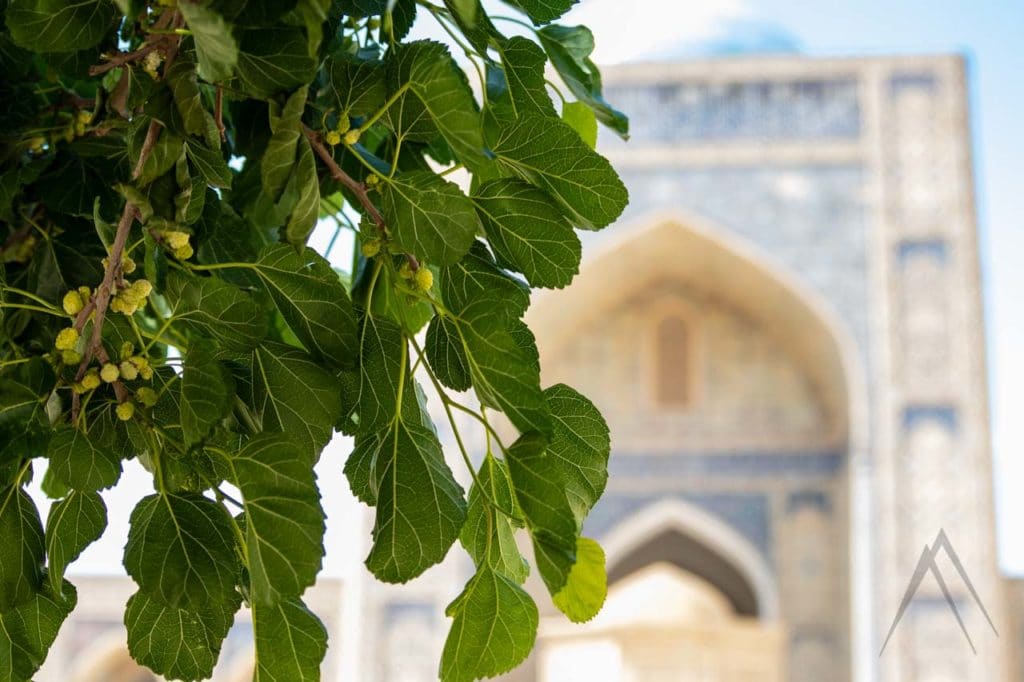
Samarkand
Samarkand is the old capital of Tamerlane (or Timur), the national hero of Uzbekistan. Tamerlane used to control a vast empire reaching from current Turkey to India and Kazakhstan and even parts of China. The famous architectural buildings in Uzbekistan are almost all from his era and the grand days of his empire that existed for some time after him.
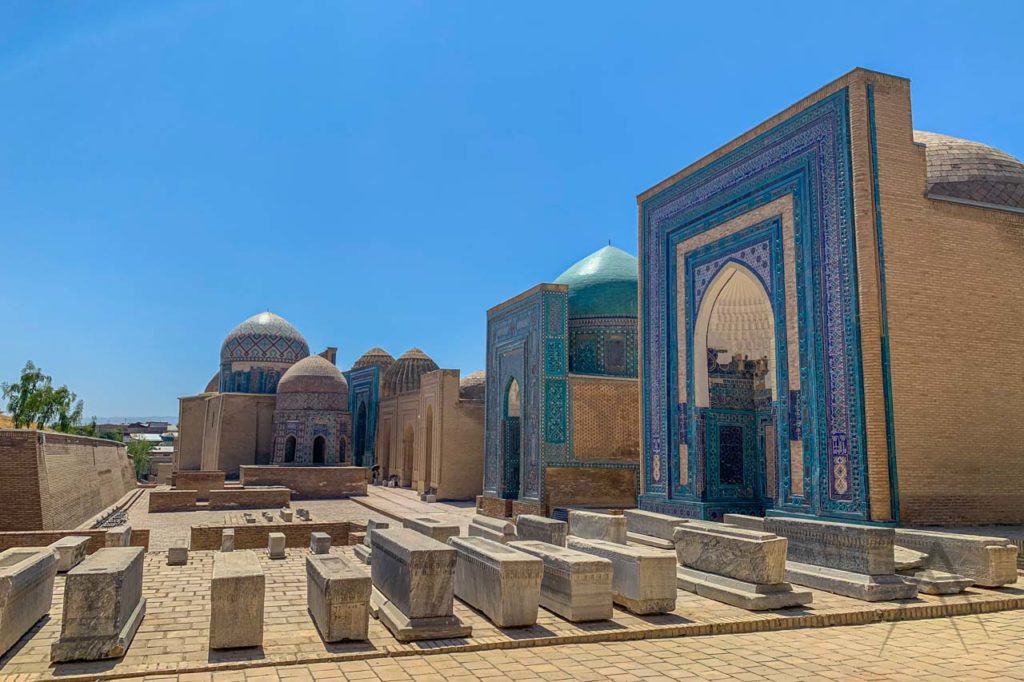
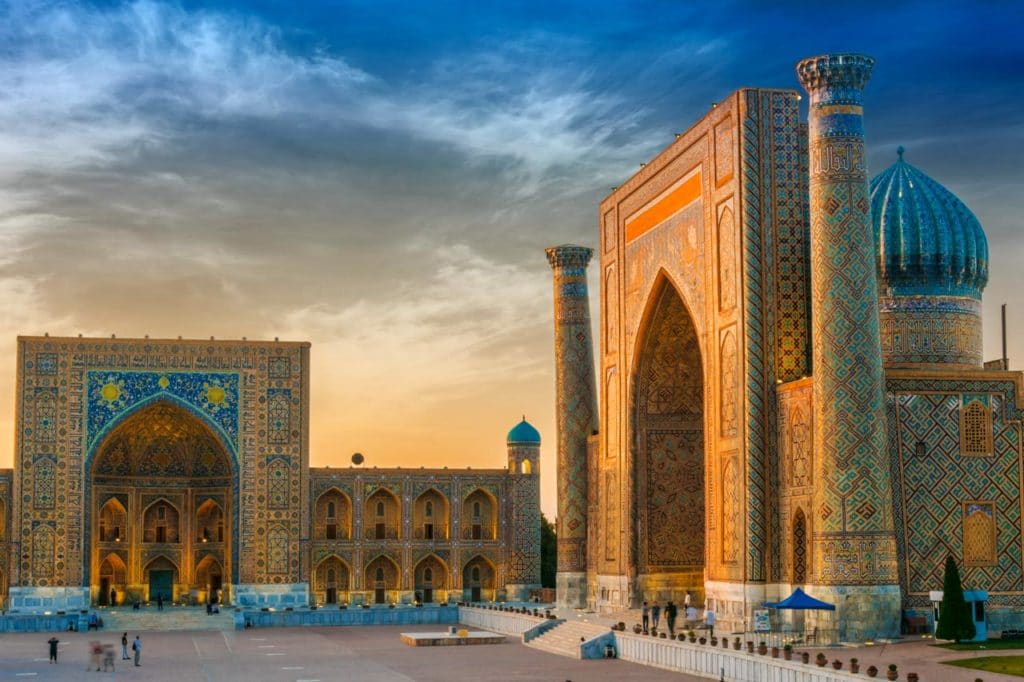
The most famous sights of Samarkand include the Registan, which is an ensamble of three grand buildings next to each other, forming a clearing that used to act before as a place of trading and public events. Make sure to also visit Registan during evening to see its grand lighting. Other famous sights include the Shah i Zinda that is also called the street of the dead which is actually a very descriptive name due to the many mysterious grave monuments forming a street next to the ancient city of Afrasiyab that is located just at the very center of current Samarkand.
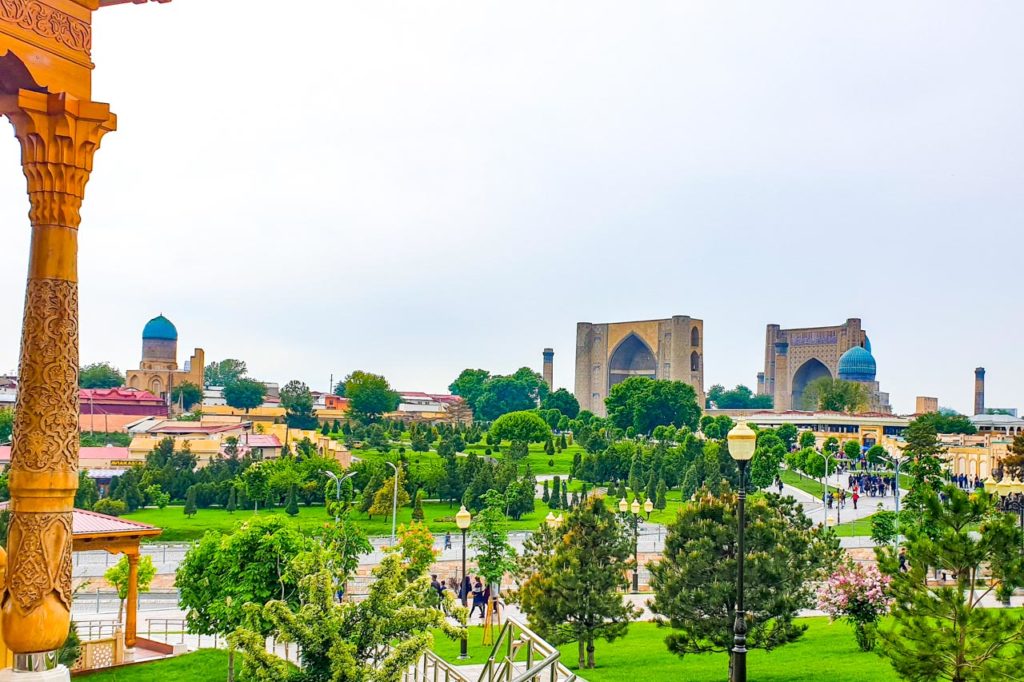
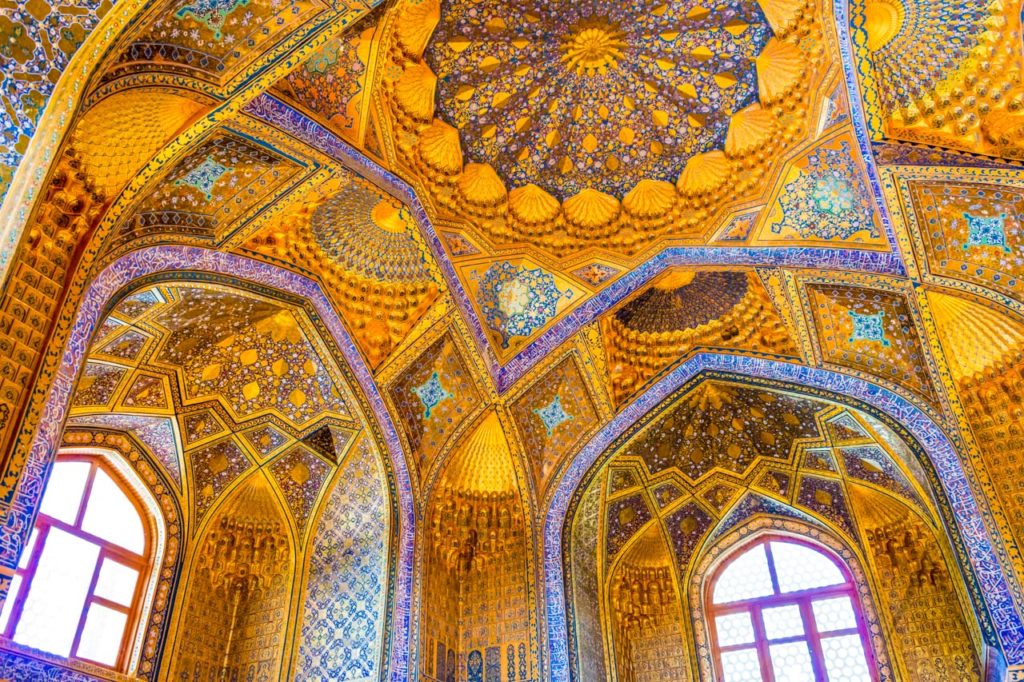
Khiva
Khiva and especially its Ichan Kala walled city is a remarkably intact and whole Medieval oasis city in the old Khorezm region of Uzbekistan. If Bukhara was not enough to take your imagination to the era of the silk road, Khiva will do that for sure! If you are visiting Karakalpakstan or the Aral sea, make sure not to skip Khiva. It has a stunning amount of well preserved gems from the era of Khanates when this remote city was the place of rule for a large part of what is now Uzbekistan, Turkmenistan and Kazakhstan.

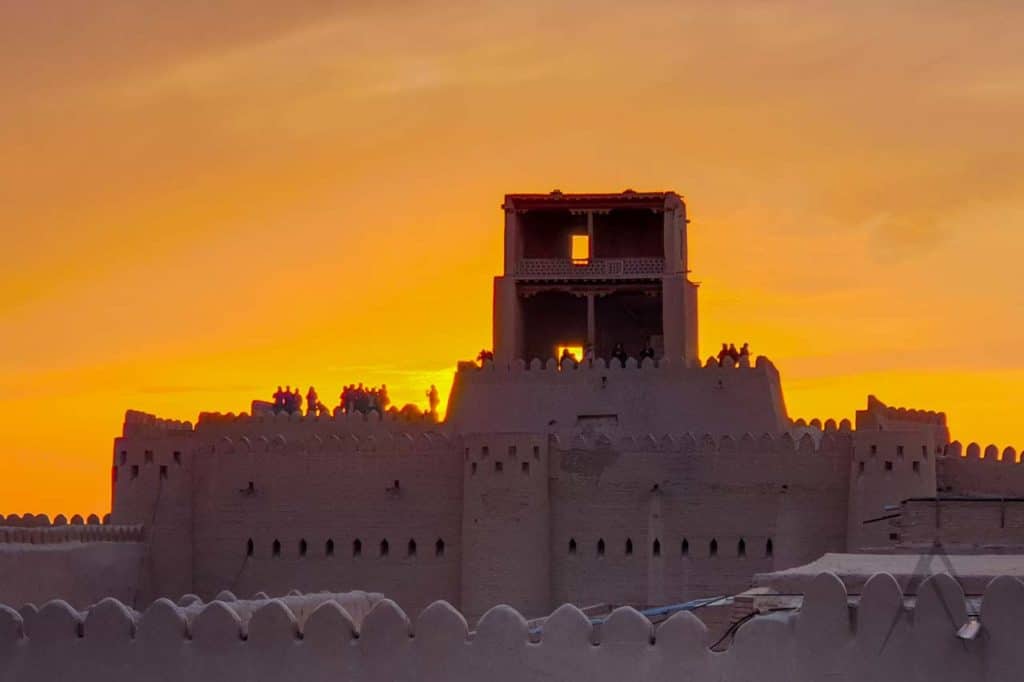
The walls that surround the inner Khiva city have been laid already during the 10th century but most of what you see now is from the 17th century. Khiva inner city has several castles or fortresses that were the seats of Khans and some very beautifully decorated mosques and madrasas. There are also many sites for pilgrimage in the form of tombs and other memorials. One can spend a full day or even two in Khiva in order to see all that is offered. The historical and architectural sites are also enriched by the frequently happening presentations including puppet parades, theater and dancing presentations. Khiva can be reached by flying to Urgench or by using the recently built railroad from Bukhara.
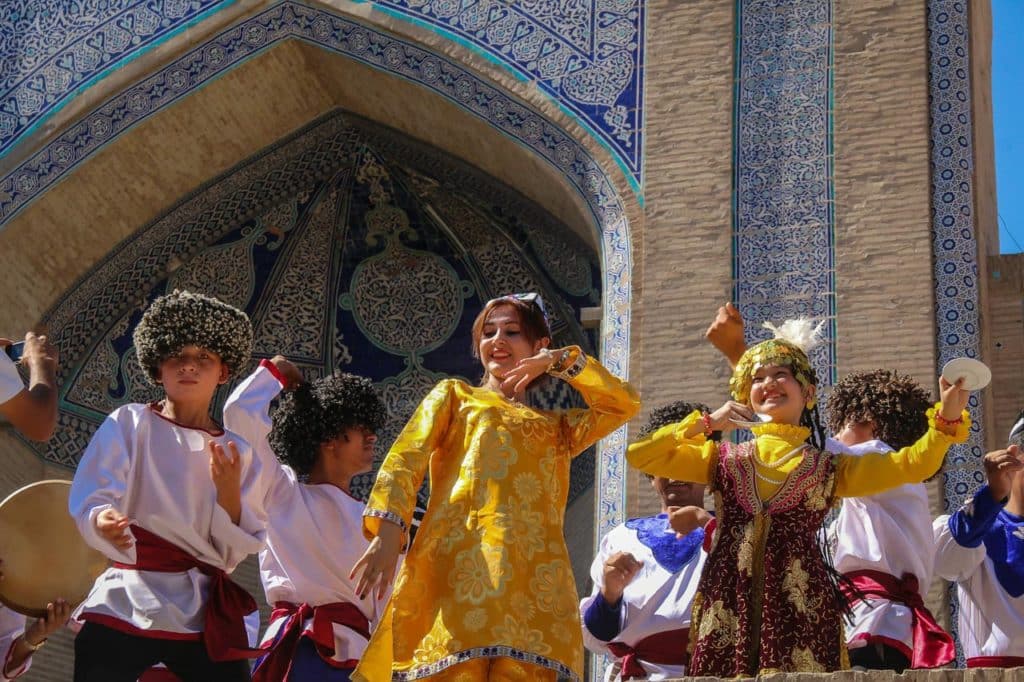
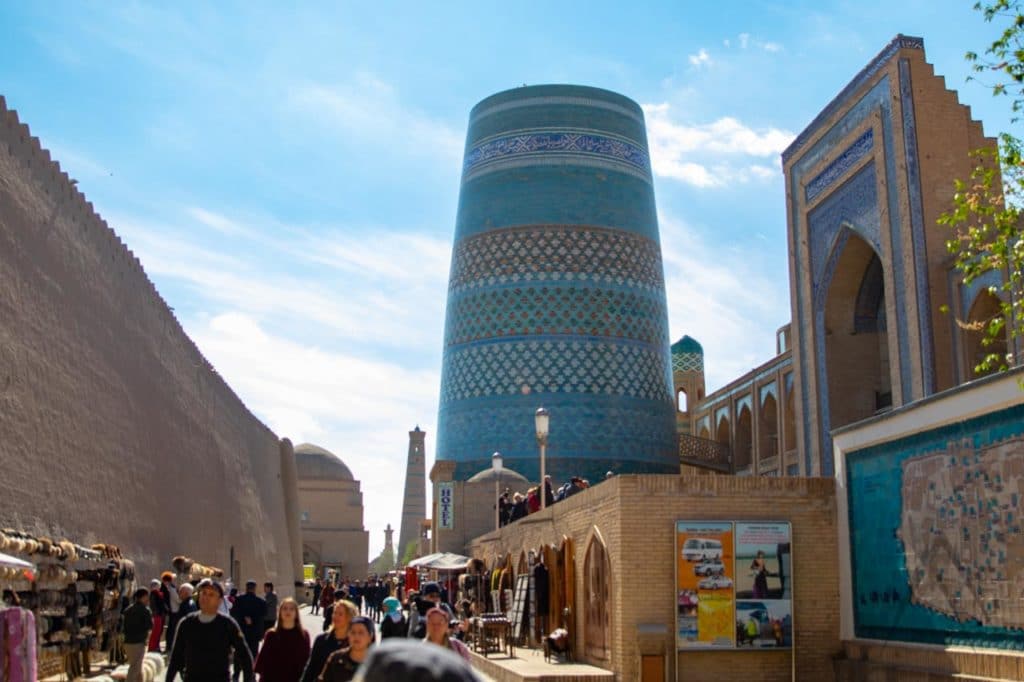
Kokand
Kokand is the old capital of the Kokand Khanate at the heart of the Fergana Valley making it a nice place to explore the valley further. From Kokand it is easy to make day trips to destinations like the pottery workshops of Rishton or the silk weaving and coloring facilities of Margilan. There are also many smaller cities or towns like Kosonsoy with skillful skullcap makers and Chust smiths that can create beautiful and sharp Uzbek style knives that are excellent souvenirs as they will also supply you with a document to make sure that there will be no issues in the airport with your sharp knife.
Inside Kokand you can admire the old palace of the Khudayar Khan at the very heart of the city. There are also many beautiful mosques and other religious buildings and landmarks to explore in Kokand like the Friday mosque with amazing wooden pillars and decorated roofs.
If you have the time, we recommend walking in the old areas of the city where you can get a glimpse of the older ages with the narrow and erratic shaped streets that will for sure mix your sense of direction. If you are a coffee lover, Kokand is one of the places where finding this luxury product is incredible hard if you don’t count the 3 in 1 bags as a real coffee.
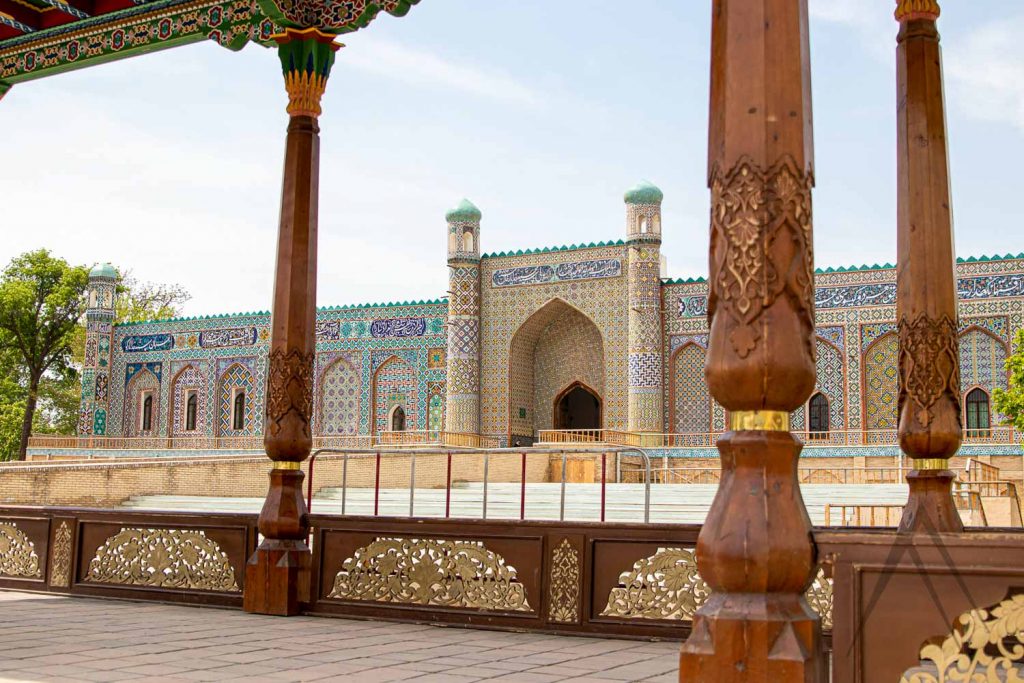
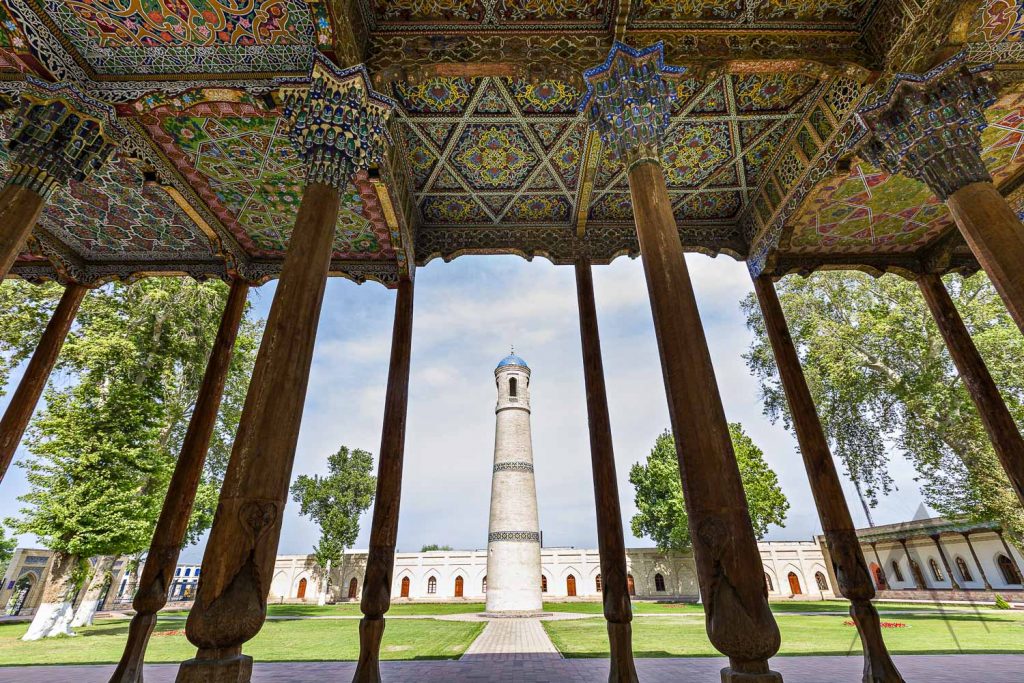
Kokand surroundings in Fergana valley are also a great place to explore several ancient fortresses or the ruins of walled cities like in Aksikent, which is a vast city from the earlier grand era of Fergana valley. In Pop, north from Kokand there is an old mummy in the historical museum of this small town. Keep your eyes open while driving around to spot the storks that are the symbol of many areas in Uzbekistan. You can often see some of them circling around in the sky or their many nests on top of any tall structure.
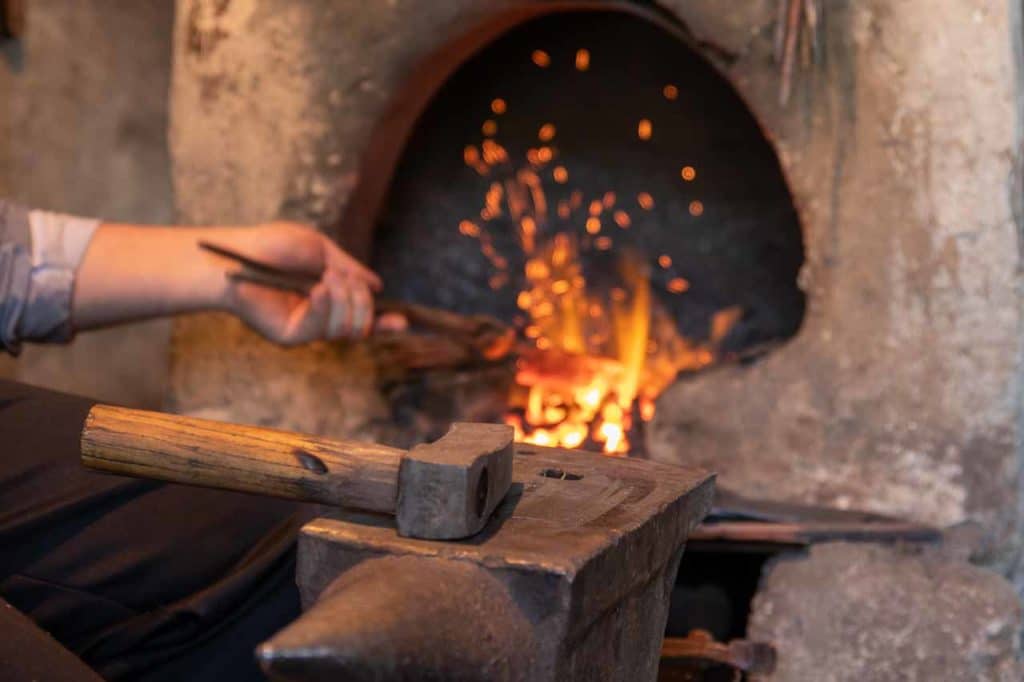
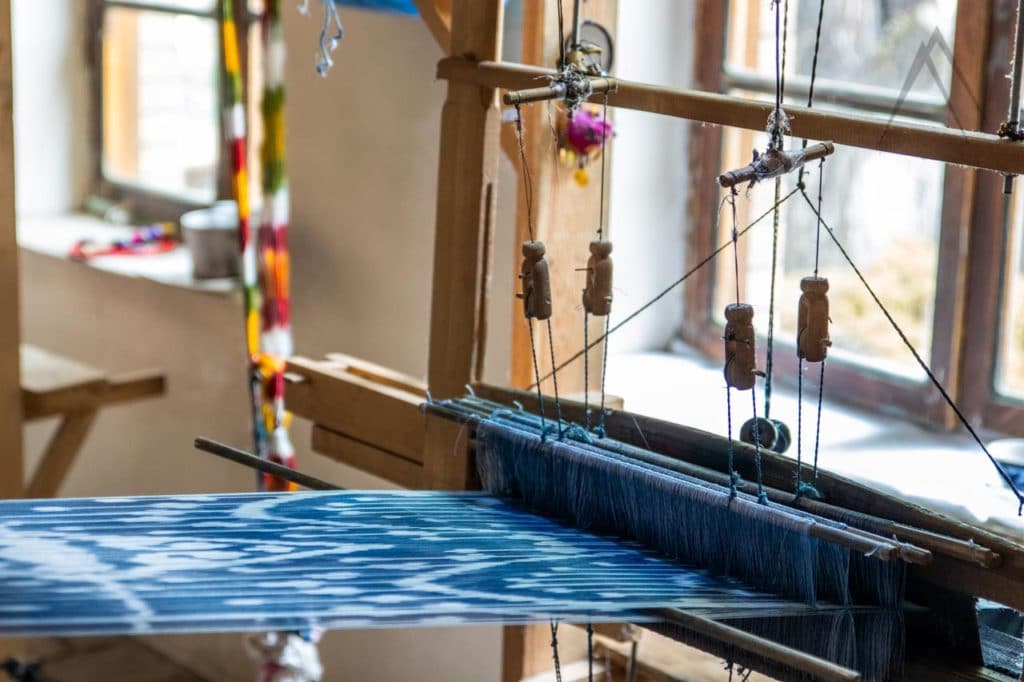
Shahrisabz
Shahrisabz is known as the hometown of Amir Temur (or Tamerlane). His presence can still be witnessed from the massive gates of the former walled Shahrisabz. There are also other beautiful monuments from the same era in the historic center of the town which is also recognized by Unesco. The center of Shahrisabz was changed a lot recently as they changed the area next to the monuments into a park and built new houses at the sides of the park, mostly hiding the older and more traditional houses from the sights of the tourists. They can still be seen if one wants to venture in the old and erratic small streets. Here one can amaze at the power of the great nation that covered an area from current India to the Black sea.
Timur wanted to make Shahrisabz as great as Samarkand that was the capital of the Timurid empire and built therefore great madrasas, mosques and other beautiful buildings. Shahrizabs can be easily visited from Samarkand on the way to Qarshi or Termez.
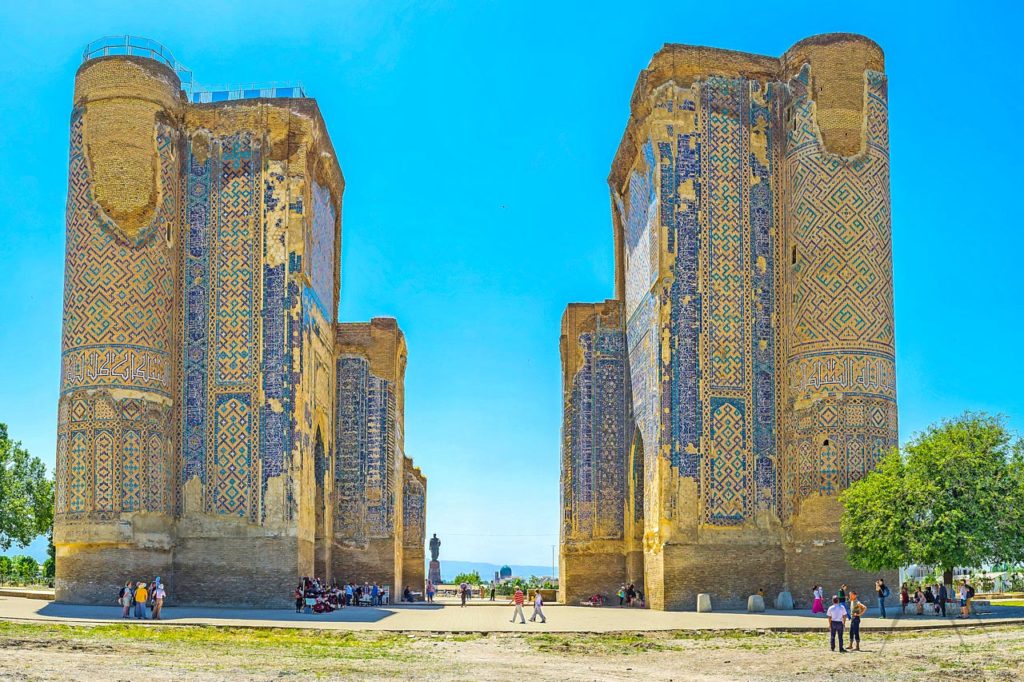
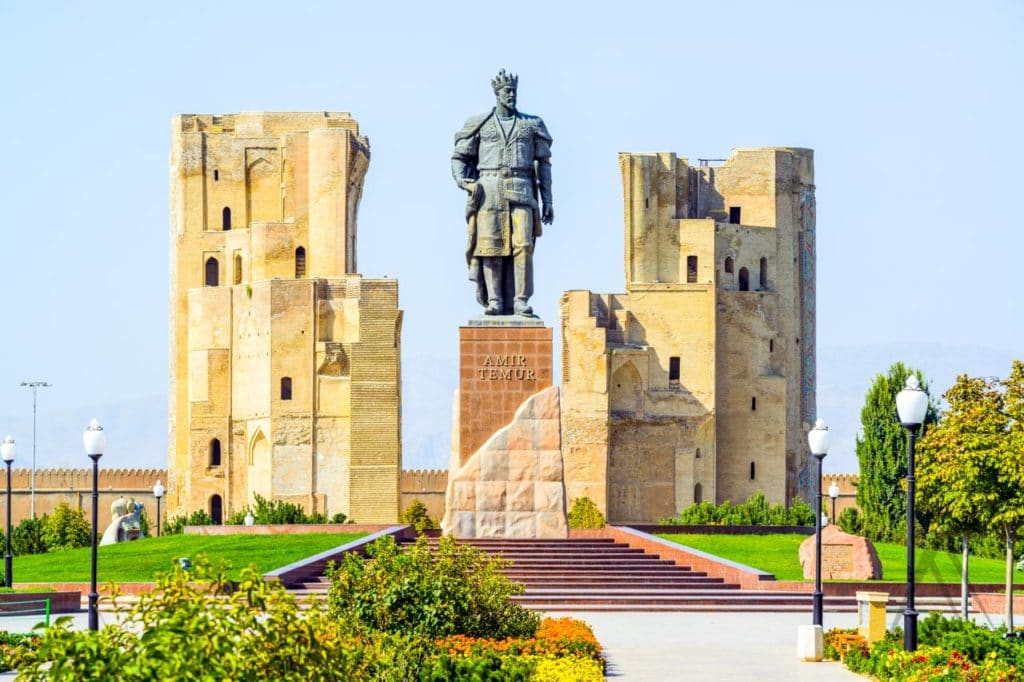
Termez
Termez is a destination for the ones looking to get off the beaten path. It is located at the very southern part of Uzbekistan, next to Afghanistan and Tajikistan. The most interesting sights in Termez are the several remains of Buddhist monuments distributed inside and around the city. Termez itself is a very old city and one of the oldest cities in Central Asia. It is located next to the Amu Darya river and was also a significant part of the Silk Road.
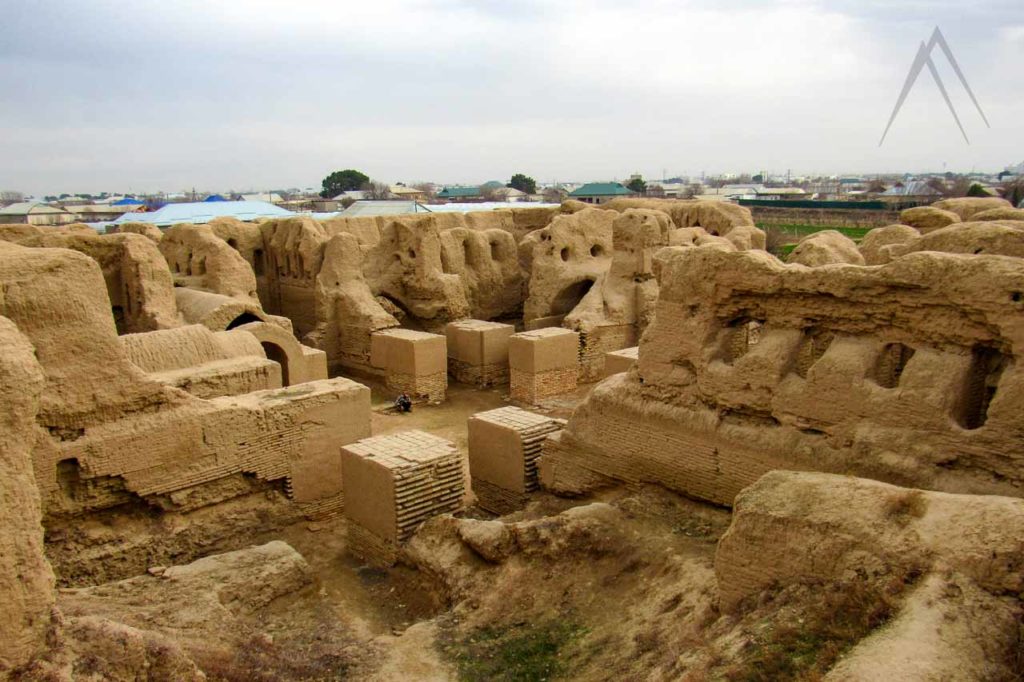
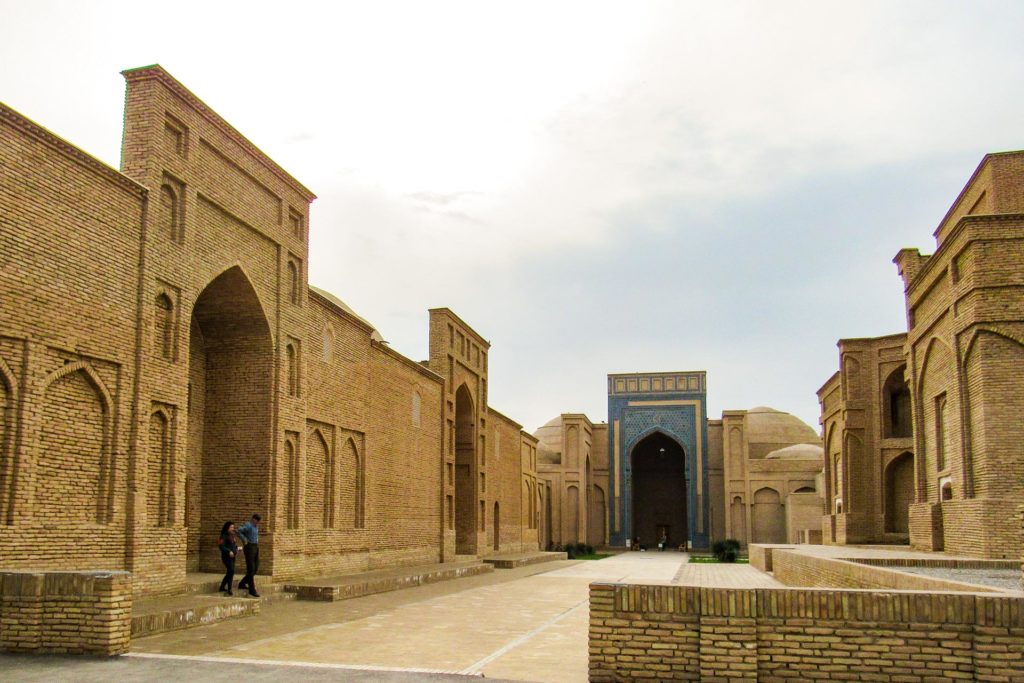
Enjoy the Uzbek culture
Get invited for tea/coffee to a private house
Uzbeks are extremely hospitable and want to make sure that visitors are treated well in their country. If you venture little bit away from the most touristic sights of the main destinations, it would be not a rare case that some locals might ask you for a tea with them or to ask to show you around their home town sights. Friendly Uzbeks might even ask you to join them in their house or to a tapchan of a teahouse or a restaurant and tea never comes without some supplements in Uzbekistan so one might end up eating a whole meal with the new local friends.
Uzbekistan festivals and national holidays
Like in all Central Asian countries, Navruz is a big event and marks the beginning of the new year according to the Persian tradition in the spring time, usually 21st of March. Other holidays in Uzbekistan are mostly of Soviet or Islam heritage. The International Women’s day is celebrated on 8th of March and is the top sales day for the florists. There are also many more Uzbek festivals to see mostly during the spring, summer and autumn times.
Try the Uzbek cuisine
The most famous dish of Uzbek cuisine is the plov. It is a heavy, fatty rise and usually mutton meat based dish which is originally meant to be eating during a hard day of work. It is customary that the cotton plantation owners prepare plow daily for the cotton collectors. Plov is a delicious dish and every region has their own version of it, usually adding something of their own for the vegetables or for example raisins, horse meat or something else. Other very tasty dishes include samsa that are meat filled rolls and baked in a tandyr oven. As common in Central Asia, in all celebrations the table must contain as much of food as possible.

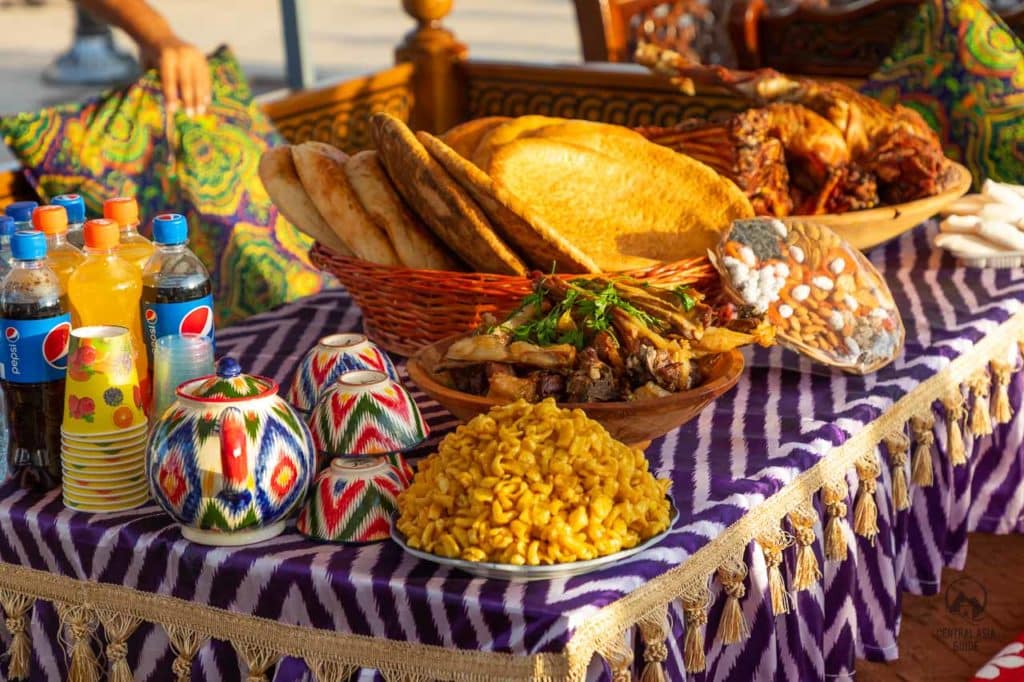
See an Uzbek puppet show
Puppet shows very a very popular form of art in Uzbekistan hundreds and even thousands of years ago but neglected periodically mostly due to Islamic influence. Nowadays there are many specialized puppet theaters in Uzbekistan in Tashkent, Samarkand, Bukhara and Khiva. They are well working and one can see the unique performances based on the works of Uzbek writers, in Uzbek language but fun anyway! The most famous puppet theater of Uzbekistan is the Republican Puppet theater of Tashkent that opened already in 1939.

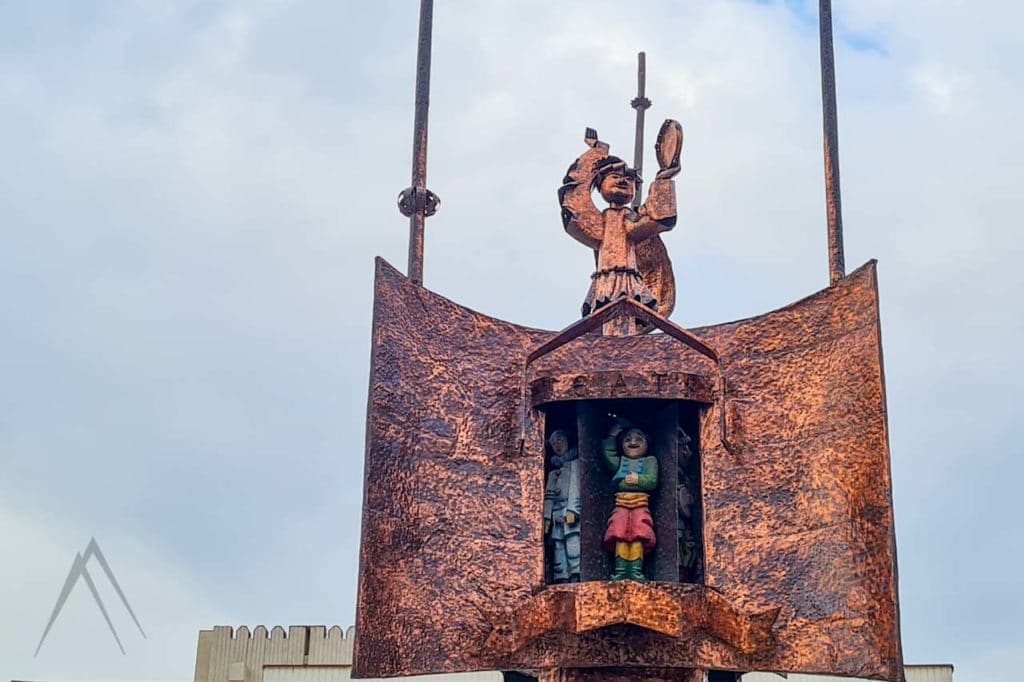
Enjoy Uzbek hamam
Uzbek hamams (or hammams) are mostly found in Bukhara and but also in Samarkand. Bukhara has few very old ones and also modern ones that still follow the style of the hamams from the past traditions. By tradition, there are usually fully separate sides for men and women as in all Central Asian hammams, bath houses, banyas and saunas.
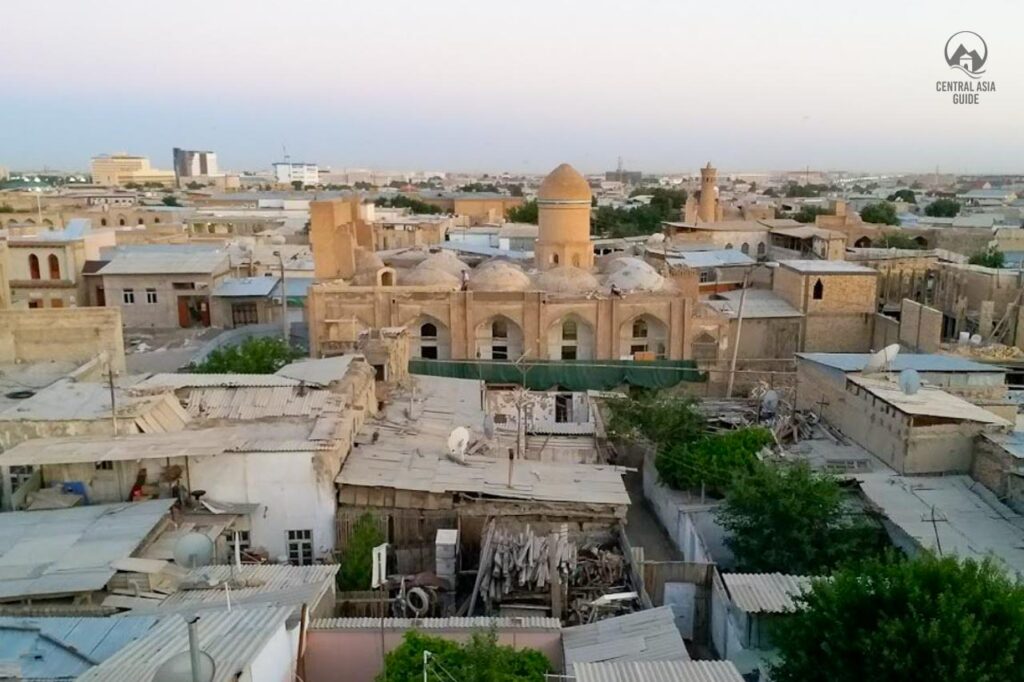
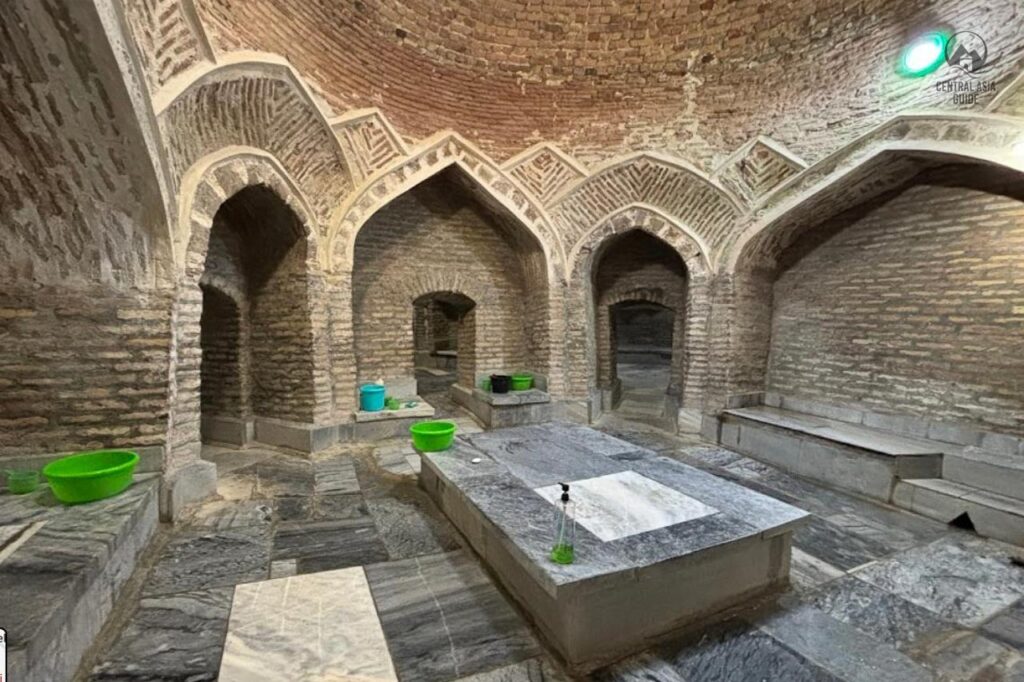
Enjoy the fresh Uzbek fruits during the summer and autumn time
Pomegranates, pears, apricots, pistachios, huge watermelons (Arbuz) and peaches will have the saliva dripping from your mouth during the August – September in Uzbekistan. The country utilizes a vast amount of water from Amu Darya and Syr Darya in order to irrigate its fertile soil and produces a lot of tasty treats for the travelers to enjoy. Bazars are the perfect places to get a peek on the daily life of the locals in Uzbekistan. Early every morning they bring the fresh fruits and vegetables and organize them in beautiful ways to raise the appetite of the bypassers.
Make sure to try also the very sweet Uzbek lemons and the many varieties of grapes that they have here. It is also perfectly okay to try first what you are buying to make sure that the quality is what you want.
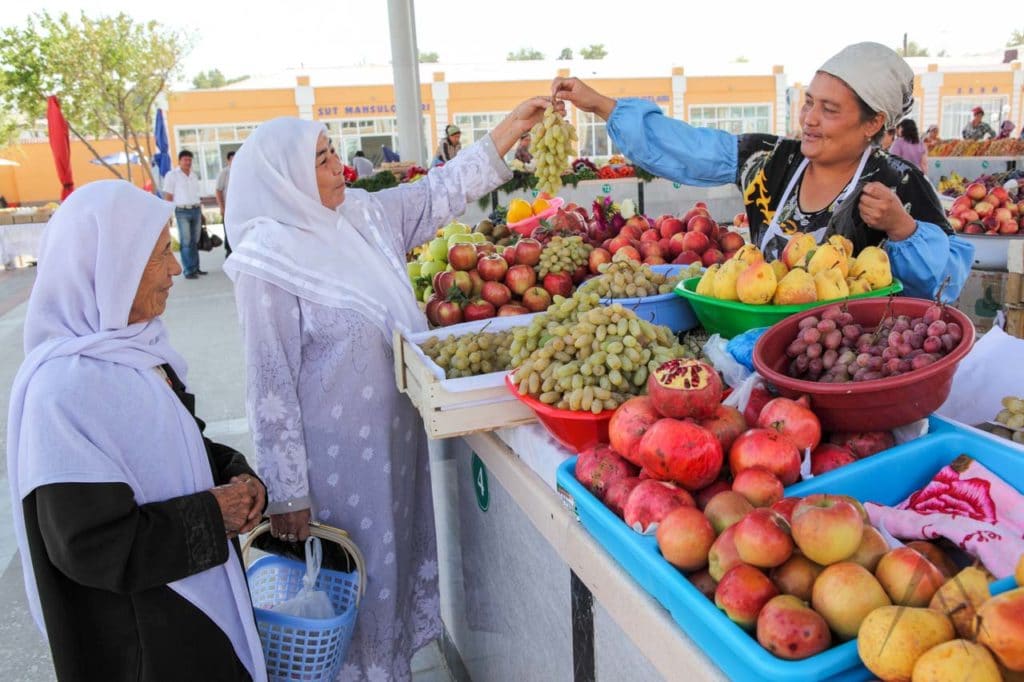
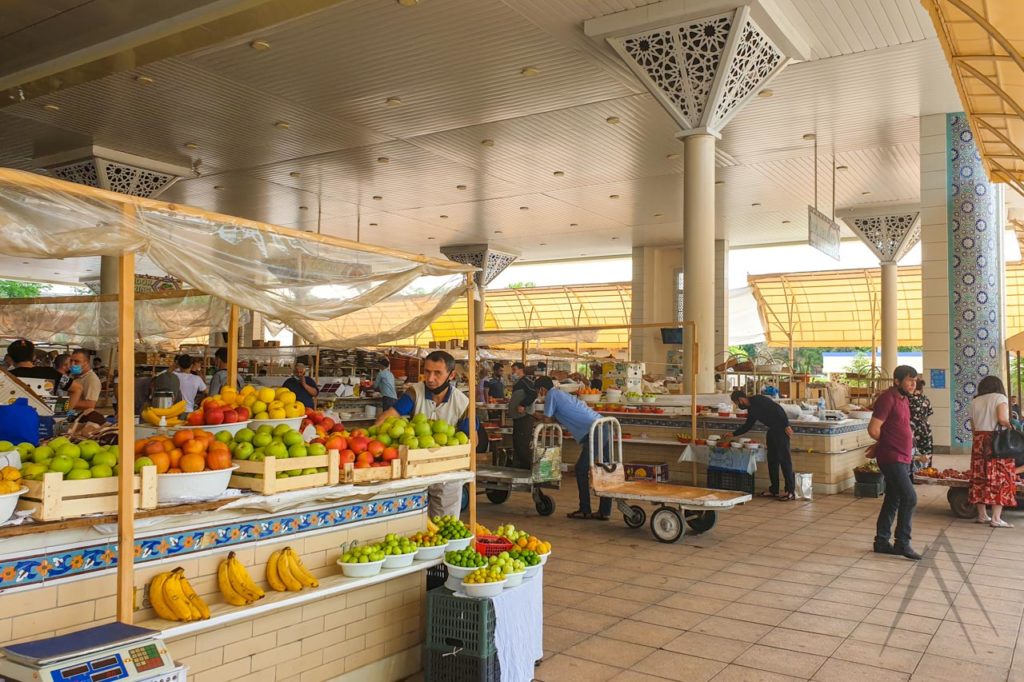
Uzbek handicrafts
Uzbekistan is very rich in handicraft culture. Part of it died during the Soviet era but after regaining the independency, Uzbeks have started to revitalize the ancient handicraft production methods of silk, pottery, knives and other handicrafts.
Buy an Uzbek Knife
Uzbek knives have a certain, very easily recognizable form. The traditional knives are called “pichok” which naturally translates as a knife in Uzbek language. You can find these knives sold in most of the touristic cities of Uzbekistan but if you want to have a good quality knife and not being ripped off, it is best to travel to Chust in Fergana Valley. Many of the blacksmiths there are also happy to let you watch the process of knife making through the different phases and will sharpen your knife of choice for you before the purchase. Uzbek knives make a great souvenir and the legal vendors will provide you with proper documentation to avoid any possible issues with the customs.
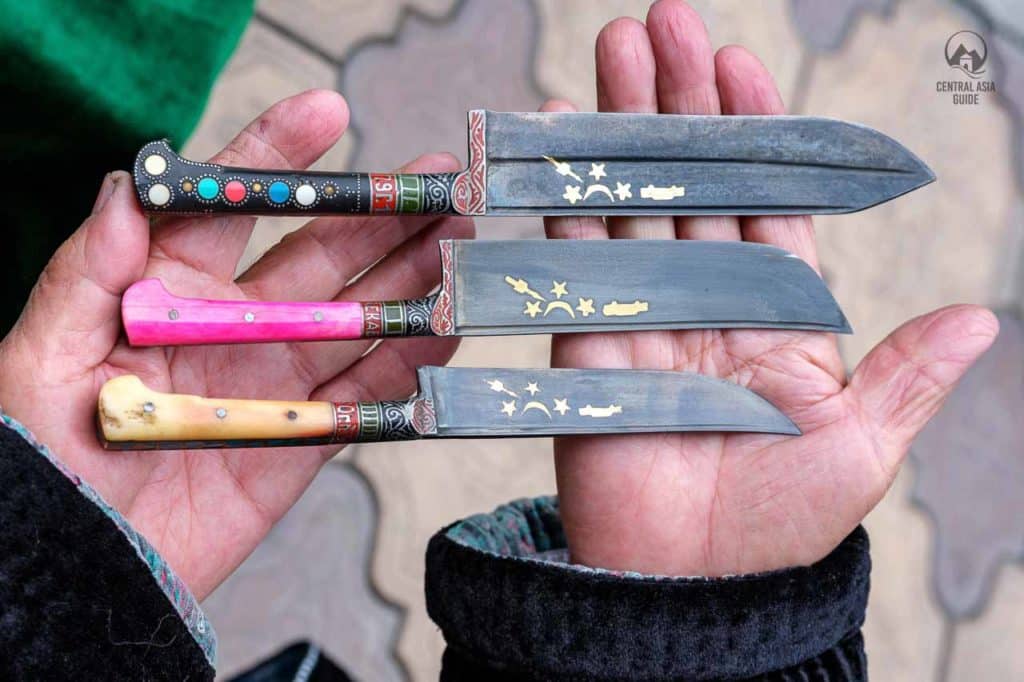

Admire the Uzbek Pottery production in Rishton
The undeniable pottery capital of Uzbekistan is Rishton in the Fergana valley. There are several pottery workshops in Rishton that are willing to show you the full process of pottery craft from the clay processing, forming the shape of the item, the burning of pottery and the finishing with the colorful patterns and glazing. The workshops also eagerly sell their products, often with an affordable price in comparison with the prices of Samarkand and Bukhara.
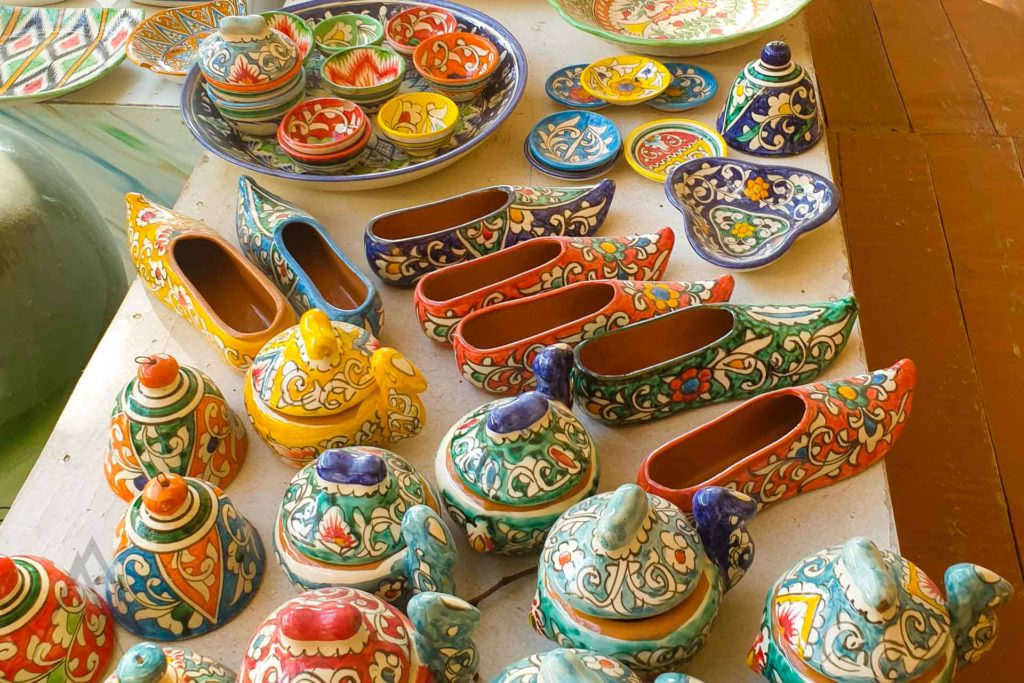
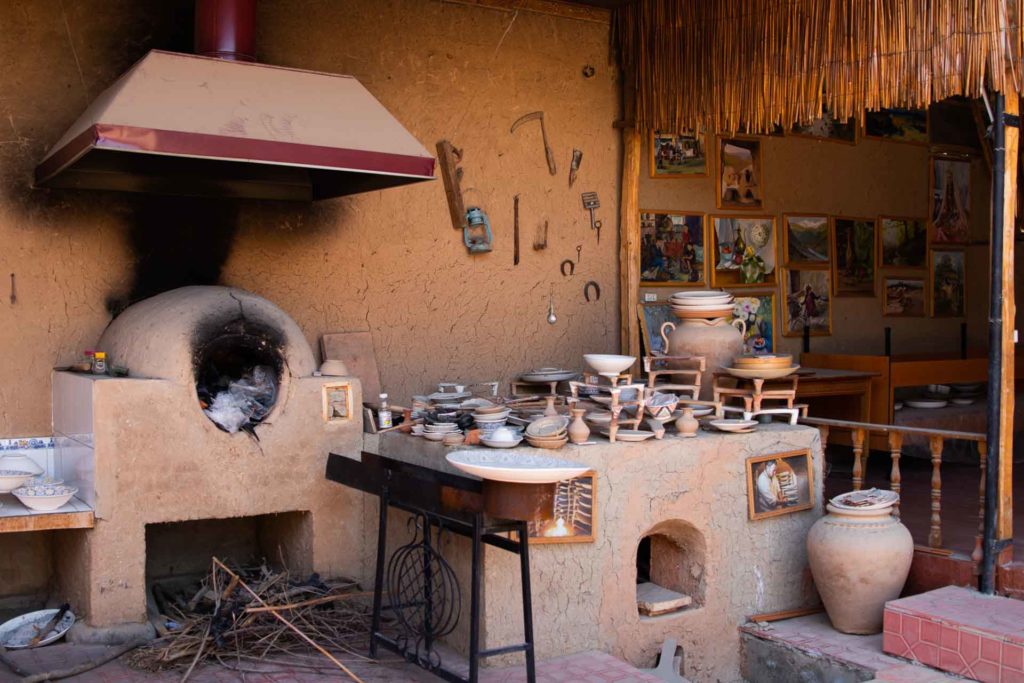
Buy an Uzbek Silk scarf
Even though silk products are being produced in all Central Asian countries, Uzbek silk is the most known and the reason is obvious. Uzbeks have managed the take the silk producing skill to the highest level and to develop it into a part of their culture. In Fergana Valley, and especially in Margilan, there are several small silk “factories” that specialize in producing different silk products. These, usually family owned production facilities are happy to take you around to see the different phases of the silk production from the cocoon of the silk moth, through weaving, drawing of patterns and finally to the colorful scarf or other elegant garment.
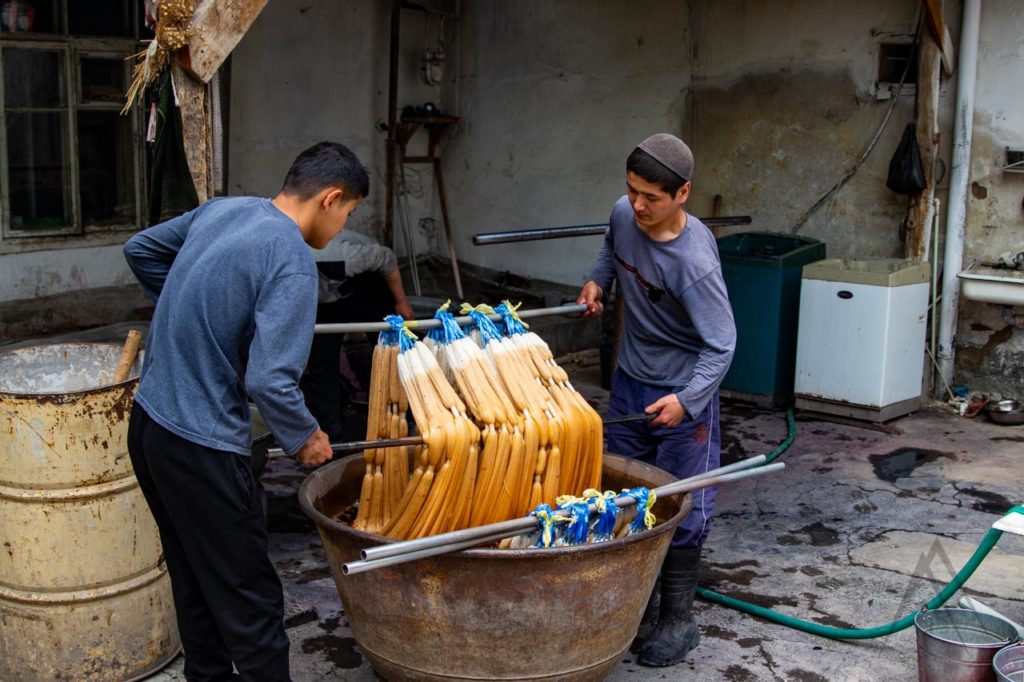
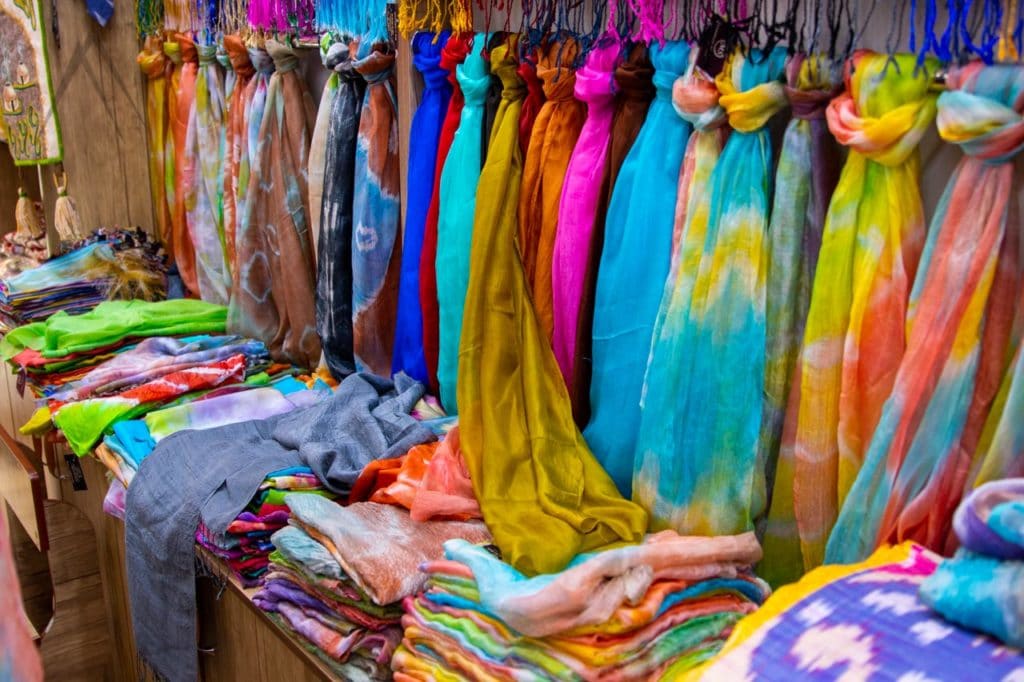
Best Tours in Uzbekistan
Page updated 31.1.2023